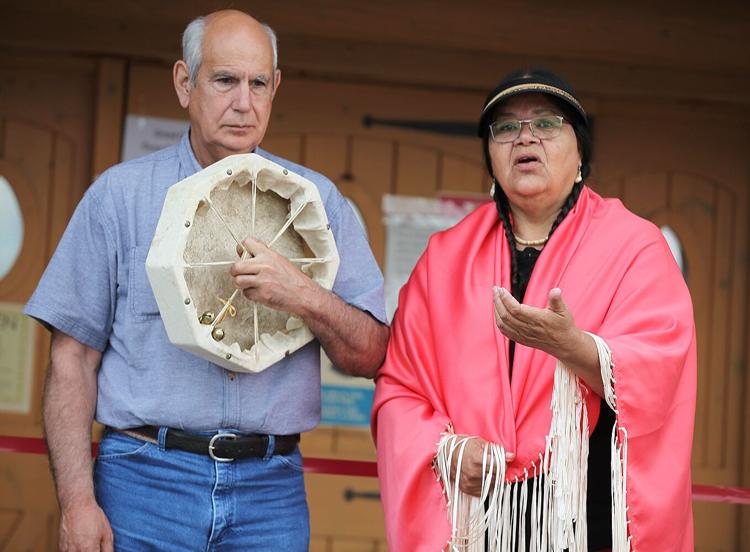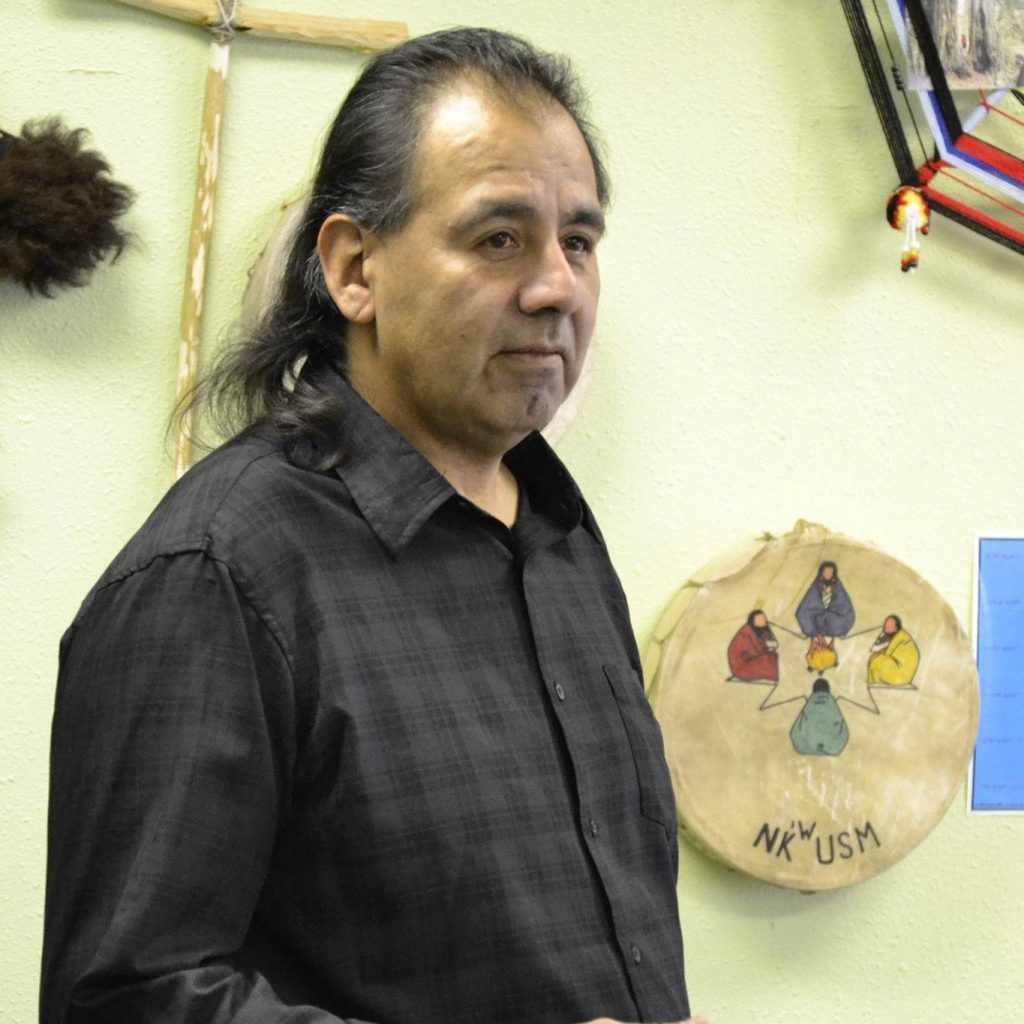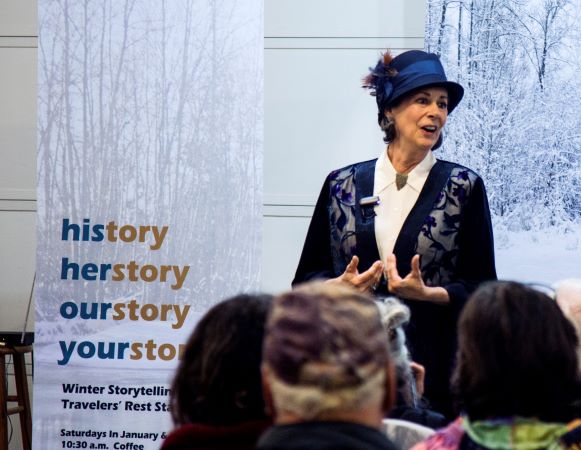
Winter Storytelling
For nearly two decades, Winter Storytelling at Travelers’ Rest has been a seasonal celebration of the Séliš tradition of sharing stories during the cold winter months. Each Saturday from January 4, 2025, through March 8, 2025, we will gather at the Travelers’ Rest State Park Visitor Center – and on Zoom – at 11 am to hear stories from elders, authors, historians, and naturalists.
Admission to Winter Storytelling is $5 per person; free for members of Travelers’ Rest Connection. Click the button below to register and receive your Zoom link via email. We hope all of our Zoom attendees will join the Connection or make a donation using the Donate button at the top of this page. Thank you!
Winter Storytelling is made possible thanks to the generosity of our sponsors and partners, including.
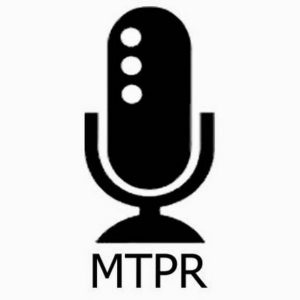
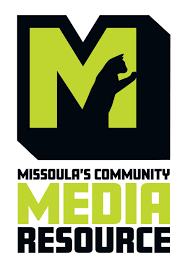

2026 Schedule – Subject to Change
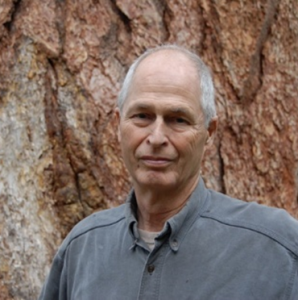
An award-winning author and journalist, John N. Maclean spent thirty years at the Chicago Tribune, most of that time as a Washington correspondent, before taking up a second career as an author. Since then, he has written five nonfiction books about wildland fires. His newest book, Home Waters: A Chronicle of Family and a River, continues the family story begun in his father’s acclaimed novella, A River Runs Through It. Illustrations from these two books, as well as the 100th anniversary edition of Hemingway’s Big Two Hearted River, will be on display at Travelers’ Rest State Park through April 30. Photo by Lindsay Atnip, in front of the giant larch “Gus” at Seeley Lake
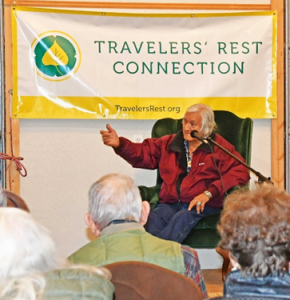
Elder Stephen Small Salmon returns to Travelers’ Rest State Park. A favorite storyteller, Small Salmon works to keep his language alive as a teacher at Nќwusm-Séliš Language Immersion School in Arlee, Montana. Small Salmon is also a noted actor, singer, and traditional dancer. Examples of his traditional leatherwork were recently on display at the Zootown Arts Community Center. He is a member of the Séliš-QỈispé Culture Committee.
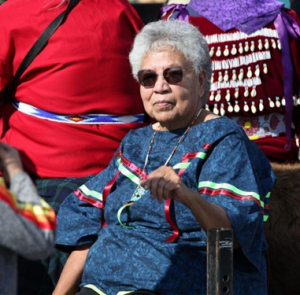
In 2023, the bridge crossing the Clark Fork River at Higgins Avenue in Missoula was renamed to honor Sxʷúytis Smx̣e, or Grizzly Bear Tracks, a prominent Séliš sub-chief whose descendants maintain an important presence within the tribe. Jesuit missionaries gave the Bear Tracks family the last name “Vanderburg” in the 1800s. Founding member of the Séliš-Ql̓ispé Culture Committee and Bear Tracks descendant, Lucy Vanderburg, said she’s proud of her relatives’ efforts to preserve Séliš culture. “And I know in my heart the renaming of this bridge is pleasing to Bear Tracks and to all the Salish Pend d’Oreille people,” Vanderburg said. Lucy Vanderburg will share stories of her ancestors via Zoom.

Historian Austin Haney presents Anglers Undaunted, a deep dive into the story of fishing on the Lewis & Clark Expedition and the Indigenous peoples they encountered along the way. Austin brings history to life through a hands-on, prop-filled presentation showcasing how anglers of the past caught their meals. Austin has worked in public history interpretation at a variety of private, state, and federal institutions like the Blaine County Museum, Lewis & Clark Foundation, US Forest Service, US National Park Service, and Historical Museum at Fort Missoula. He was recently named Education and Programming Director at the C.M. Russell Museum in his hometown of Great Falls.

Kirby Lambert worked for almost thirty-seven years at the Montana Historical Society where he served in a variety of capacities— as museum registrar, curator, and Outreach and Interpretation Program manager. He is a co-author of The History of Montana in 101 Objects: Artifacts and Essays from the Montana Historical Society, Montana’s Charlie Russell: Art in the Collection of the Montana Historical Society, and Montana’s State Capitol: The People’s House. He will be speaking about his newest book, The History of Montana in 101 Places.

Sophia Etier is a longtime Bitterroot Valley local and a Public Historian, focusing her research on the development of local Montana History as well as specializing in the history of Western Montana’s red-light districts and regional minority communities. As an academic advisor at the University of Montana, Sophia has also been instrumental in coordinating student internships with Travelers’ Rest Connection. Today’s program, Black History of the Bitterroot Valley, is presented in cooperation with the Montana Black Collective Missoula.

Tim Ryan is a prominent member of the Confederated Salish and Kootenai Tribes (CSKT), serving as the Culture and Language Studies Department Head and an Indigenous STEM instructor at Salish Kootenai College (SKC), known for blending traditional ecological knowledge, archaeology, and science to connect youth and the community to their ancestral lands, particularly through programs like the Mission Mountains Youth Crew (MMYC). He’s an expert in ethnobotany, traditional lifeways, and field archaeology, bridging Indigenous wisdom with modern science for cultural preservation and education.

Bruce Bugbee, co-author of Saving the Big Sky, talks about this compelling study of how six million acres of biodiverse land were conserved in Montana over the past fifty years. Indigenous and non-Indigenous knowledge about land stewardship has evolved and since the 1970s tribes, nonprofit organizations, land trusts, and government agencies have conserved land in many creative ways. Beautifully illustrated with more than ninety color photographs and thirty detailed maps, Saving the Big Sky showcases land conservation achievements across eight regions of the state: the Rocky Mountain Front, the Blackfoot Valley, the Greater Yellowstone, the Missoula Region, the Helena Region, Northwest Montana, the Flathead Indian Reservation, and the American Prairie. Bruce is a land conservation consultant and founder of American Public Land Exchange.

The journals of the Lewis & Clark Expedition offer us a bounty of word descriptions of their long and arduous journey. Artists, starting two decades after the Expedition, depicted not only the journey, but also rendered the Native Americans, the land, the plants, and the animals these explorers encountered. This lecture will unite the words of the journalists with beautiful historic imagery to recreate this grand journey via two complementary media. Lee Silliman is a retired teacher, an avid collector, and a true history buff. His newest exhibit, Ursus Horribilis: The Grizzly Bear Illustrated opens at Travelers’ Rest State Park in May.

Archaeologist Dan Hall will talk about his work to confirm the Lewis & Clark campsite at Travelers’ Rest. Dan has been involved with historic preservation and the study of Western history and prehistory for over 23 years. During this time, he has worked on several projects involving resources associated with Lewis and Clark, military expeditions and military forts, homesteading, agriculture, mining, as well as a wide variety of prehistoric resources. Mr. Hall has extensive experience with remote sensing applications including investigations at Travelers Rest, Marysville, Fort Missoula, Lou Lou’s grave site, and Fort Benton, Montana, utilizing magnetometers, electromagnetic conductivity, electromagnetic resistivity, ground penetrating radar, metal detectors, and geochemical analysis.

Ramona Holt will reflect on 25 years of Travelers’ Rest State Park and her life in Montana. Ramona participated in youth, intercollegiate and professional rodeo. She dedicated her life to promoting the western way of living, and for 40 years Ramona and her husband, Bill, traveled throughout the western United States, Canada and Australia promoting professional rodeo and the West. The Travelers’ Rest State Park Visitor Center and much of the land comprising the park were once part of the Holt Ranch. Ramona remains a supportive neighbor and an advocate for preserving the stories of Western Montana, including the Lewis & Clark Expedition.
Previous Programs
Access recordings of previous Saturday Storytelling sessions by clicking on program titles below. Note: not all sessions were recorded.
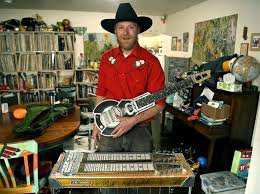
Aaron Jennings is a passionate preserver of songs and histories of the western traditions with a unique personal connection. In the early 1900’s Aaron’s Great-Grandfather worked as both a cowboy driving cattle across the country, and as a singing cowboy on the radio. Inspired by books of songs and poetry his grandfather left behind, Aaron picked up a guitar and learned how to yodel. Come enjoy a presentation of historical cowboy songs, Montana specific songs, and handful of original tunes. Aaron will also be playing some rare records and showing some artifacts from his collection.
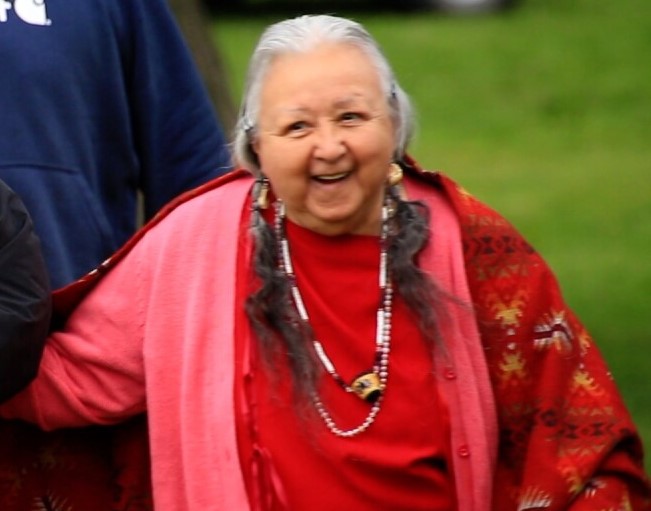
Shirley Trahan is the senior translator and language adviser for the Séliš-QỈispé Culture Committee. She is one of the few first-language Séliš speakers left on the Flathead Indian Reservation. In a recent article for Native News, a special project by the University of Montana School of Journalism, Trahan recalled her school days, “All of the teachers were white and punished students for speaking Séliš. ‘That’s one of the reasons why our language started to fade away,’ she said. ‘It wasn’t allowed.’” Shirley has worked diligently with the Culture Committee to preserve and revitalize her language and culture for future generations.
A recording of this presentation is available on request when seasonally appropriate for the sharing of creation stories.
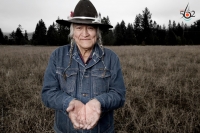
Elder Stephen Small Salmon returns to Travelers’ Rest State Park. A favorite storyteller, Small Salmon works to keep his language alive as a teacher at Nќwusm-Séliš Language Immersion School in Arlee, Montana. Small Salmon is also a noted actor, singer, and traditional dancer. He is a member of the Séliš-QỈispé Culture Committee.
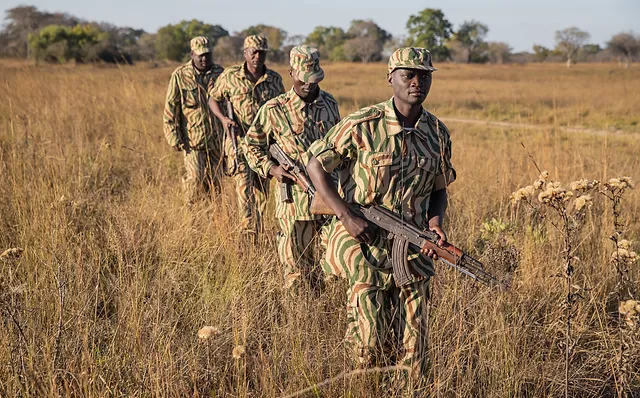
Join Mandela, lead storyteller for Xplorer Maps and host of “The Trail Less Traveled” for a high adventure across Africa. Mandela will focus on her most recent project in Zambia with Game Rangers International. After living with Zambia’s Special AntiPoaching Unit & running the Zambezi River — attendees can expect to learn about the history, geology, ecology, and stories from the front lines of conservation in Southern Africa. Furthermore, Mandela will play didgeridoo and answer questions!
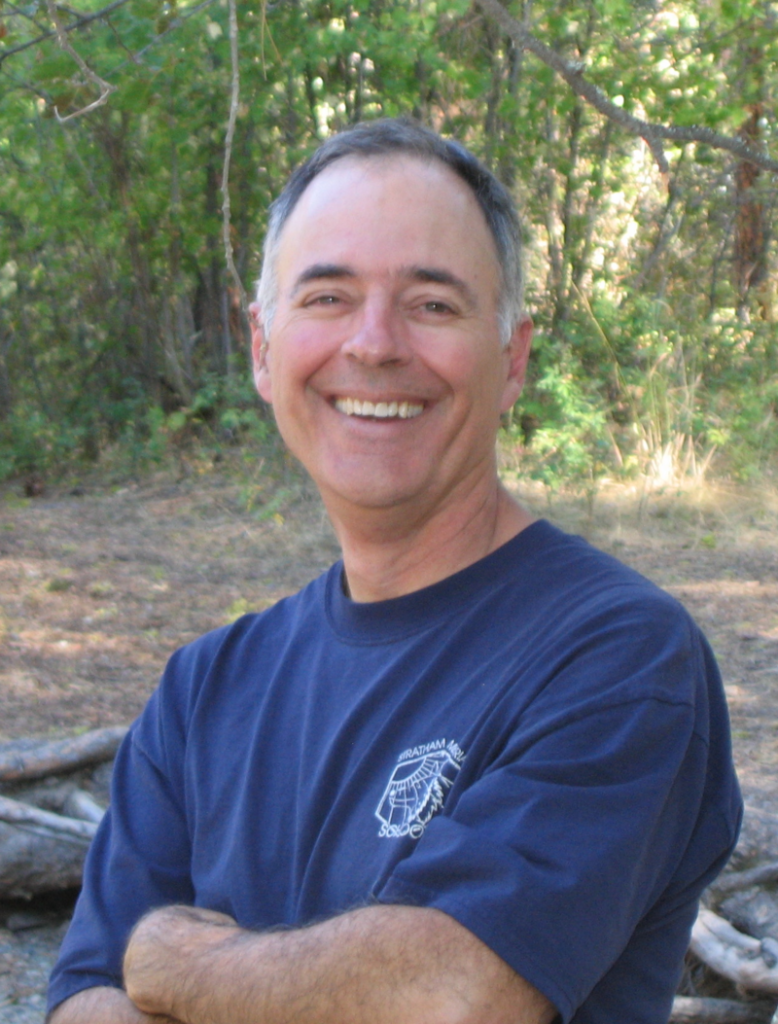
A favorite at Winter Storytelling, Sneed Collard graduated with honors in marine biology from the University of California at Berkeley and earned a master’s in scientific instrumentation from U.C. Santa Barbara. To research and write his nonfiction books, he has traveled to Australia, Costa Rica, Southeast Asia, South America, and the deep-sea floor. He is an entertaining, award-winning speaker, and has visited more than six hundred schools and been invited to more than one hundred professional educational conferences. His latest book, Birding for Boomers, is a friendly, accessible, and humorous guide to discovering the joys of bird watching.
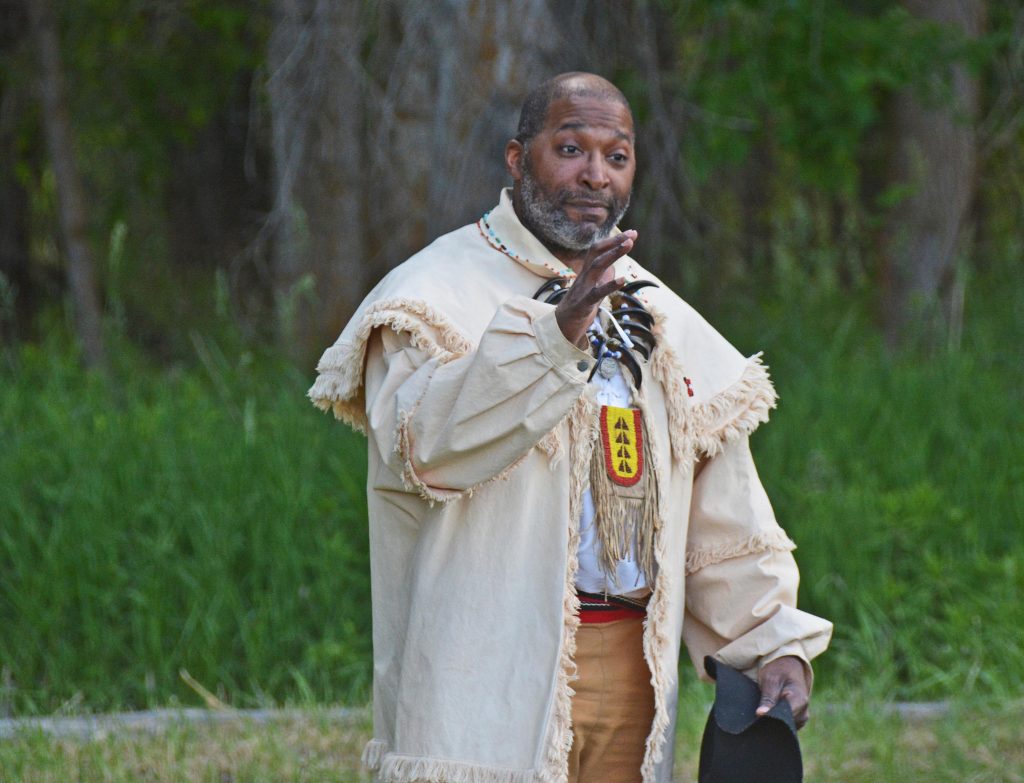
Thomas Jefferson’s Corps of Discovery included Captains Lewis and Clark and a crew of 28 men to chart a route from St. Louis to the Pacific Ocean. All the crew but one volunteered for the mission. York, the enslaved man taken on the journey, did not choose to go. York’s contributions to the expedition, however, were invaluable. But as York’s independence and status rose on the journey, the question remained what status he would carry once the expedition was over. Hasan Davis has shared the Journey of York more than 500 times in the past 25 years and feels blessed to continue bringing his unique experience to audiences across the nation.
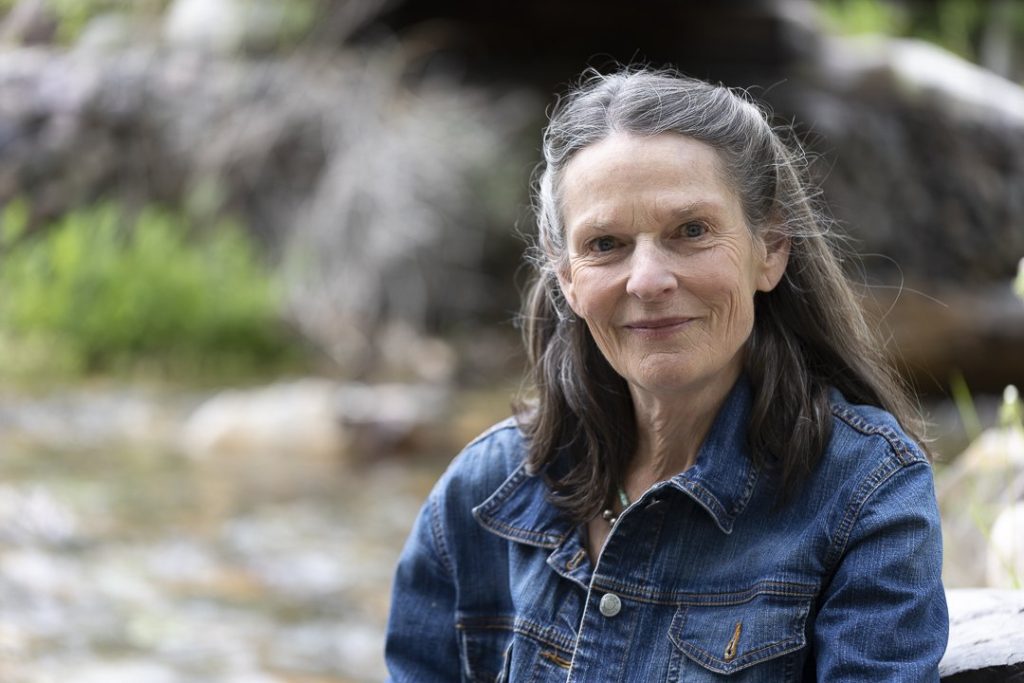
Anthropologist Sally Thompson is an experienced workshop leader whose career in the Rocky Mountains and American Southwest has spanned more than four decades. She received her Ph.D. from the University of Colorado in 1980, the same year she moved to Missoula. She has worked as an archaeologist, ethnohistorian, educator, filmmaker, and tribal consultant and collaborator. Two new books by Thompson were released in 2024: Disturbing the Sleeping Buffalo: 23 Unexpected Stories that Awaken Montana’s Past and Black Robes enter Coyote’s World. Sally enjoys engaging people in the rich fabric of Montana’s cultures and histories.
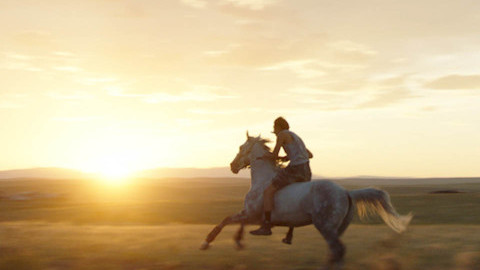
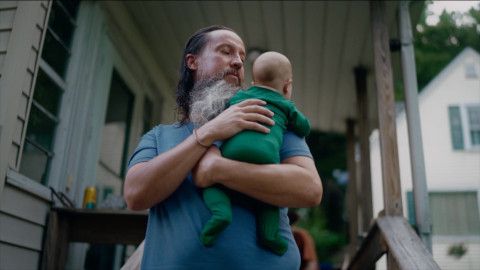
Now entering its 22nd year, the Big Sky Documentary Film Festival is the premier venue for non-fiction film in the American West. This year Travelers’ Rest Connection is honored to bring two films nominated for the Big Sky Award to Winter Storytelling.
Taylor Hawkins directed Two Medicine about Chazz Racine, a determined rider for Carlson Relay, fiercely representing the Blackfeet Nation in Indian Relay. Beyond the track, he faces personal battles—his brother’s fight with cancer, his friend’s struggle with alcoholism, and his own past trauma. Drawing strength from the Creator, Chazz strives to rise as both a champion and a symbol of resilience for his community.
Sean Dunne directed and Cass Greener produced Wild Magic – a kaleidoscopic road trip through modern mystical Americana, revealing the hidden magic that’s happening all around us. A living tribute to the glimmering pockets of light beneath the crumbling facade of the American Dream that invites viewers to slow down and engage with the unseen.
The filmmakers will show clips and talk about their approach to storytelling and making documentaries.
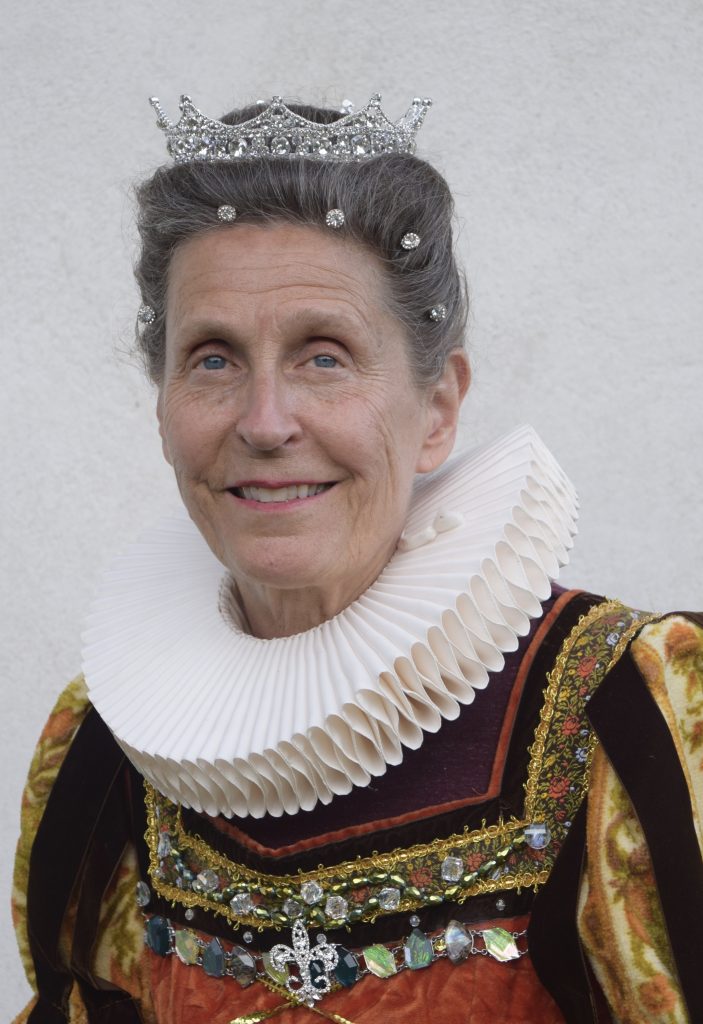
Artist Leslie Van Stavern Millar III dresses in period costume and brings a selection of her three-dimensional, sci-fi alternative history art works, the Montana Peepshow Story Boxes, depicting time travel episodes of Queen Elizabeth I. The art and stories lead to conversations about episodes of Montana history, what was occurring in 16th century England that encouraged exploration and invention, and the use of imagination and creativity in problem solving. Leslie has been doing performance art as Science Woman since 1991. She is an independent researcher and visual artist in Missoula, Montana.
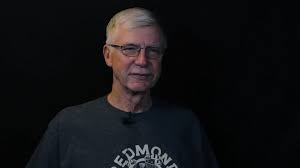
Fred Cooper was a smokejumper from 1962 to 1967 in Washington and Oregon. After graduating from Oregon State University, he had a career in human resources with the USFS. He is a smokejumper historical researcher and a board member of the National Smokejumper Association. His book, Smokejumper Experiment details the airplane-parachute invention of 1935, trials and tribulations of the smokejumper experiment in 1939, and the biographies of the 16 men who made it successful. The book also includes extensive photos of the first smokejumpers and their equipment.

Therriault’s first book, Montana Curiosities was published in 2010. The laugh-out-loud guide introduced readers to the offbeat people, places, and events of the Treasure State. Today, Therriault continues to explore Montana and bring home interesting stories. In his latest book, Big Sky, Big Parks, Therriault shares his experiences on the road and in the parks with humor and insight in thirty stories that chronicle the triumphs and tragedies that make traveling between Glacier and Yellowstone such a rewarding endeavor. Under the pseudonym Bob Wire, Therriault has written and recorded five albums of original music, and traveled around the state for 25 years playing guitar in honky tonks and festivals, entertaining crowds and picking up local knowledge along the way.
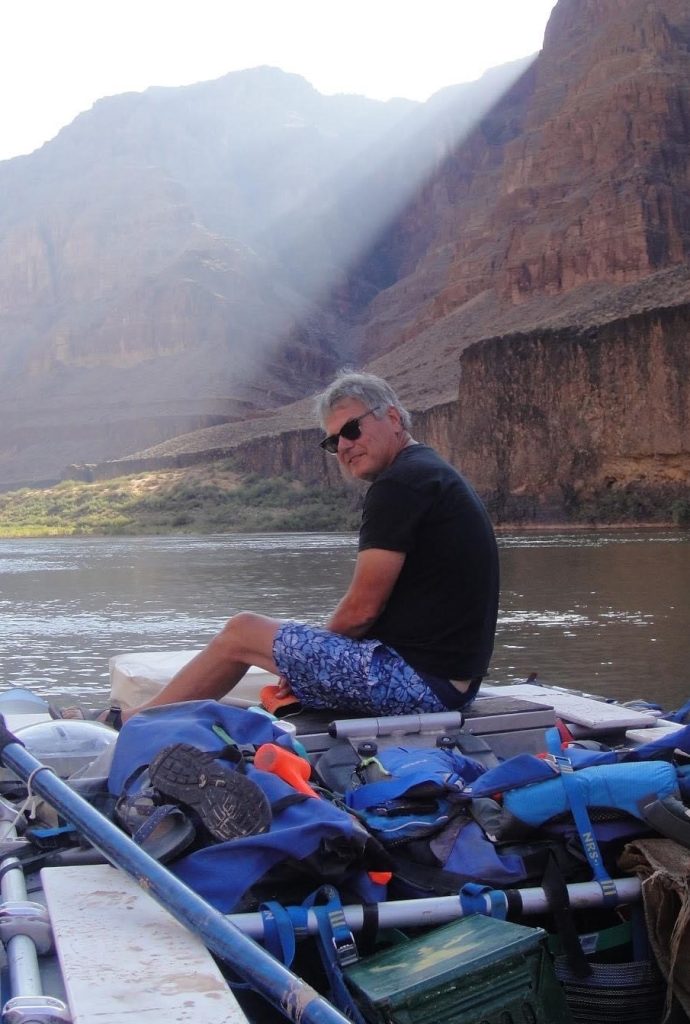
Storytelling is as old as the spoken word. A good story transcends fable and it a blend of art and science that connects us to places, ideas and each other. Learn some of the aspects of storytelling, some of the science of how it connects us, and how storytelling has shaped the growth of Travelers’ Rest State Park.
Loren Flynn served as the Executive Director of Travelers’ Rest Preservation and Heritage Association from 2002-2009 and from 2009-2019 as the Park Manager for Bitterroot District of Montana State Parks, which includes Travelers’ Rest. Since 2019 he has served as the Regional Recreation Manager for Montana Fish, Wildlife and Parks where he oversees recreation management at 10 state parks, 15 wildlife management areas and 75 fishing access sites as well as private lands/public access programs.
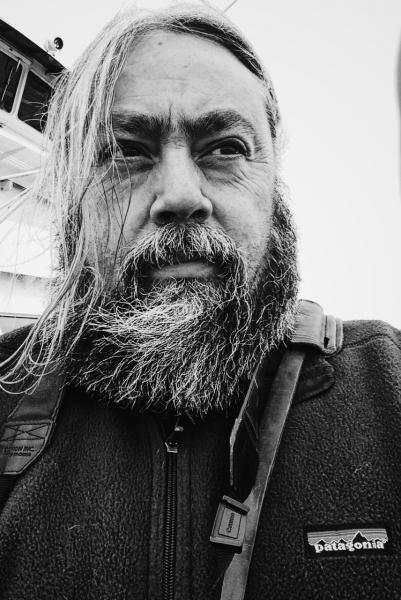
Chris La Tray approaches the practice of poetry the same as he does the spiritual life of an Anishinaabe person: which is to say, if one lives an Anishinaabe life, with particular attention to the seven guiding principles of the Seven Grandfather teachings – Humility, Courage, Honesty, Wisdom, Truth, Respect, and Love – then every footstep becomes a prayer. If one approaches poetry in a similar fashion, recognizing that everything that happens may be viewed as a poem, and that every moment in life is an experience best paid constant and careful attention to, then every footstep becomes a poem. La Tray is a Métis storyteller and an enrolled member of the Little Shell Tribe of Chippewa Indians. He is the author of One-Sentence Journal: Short Poems and Essays from the World at Large. His next book, Becoming Little Shell will be published by Milkweed Editions in 2024.
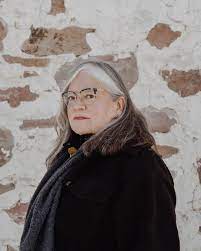
Debra Magpie Earling is the author of Perma Red and The Lost Journals of Sacajewea. An earlier version of the latter, written in verse, was produced as an artist book during the bicentennial of the Lewis and Clark expedition. She has received both a National Endowment for the Arts grant and a Guggenheim Fellowship. She retired from the University of Montana where she was named professor emeritus in 2021. She is Bitterroot Salish.
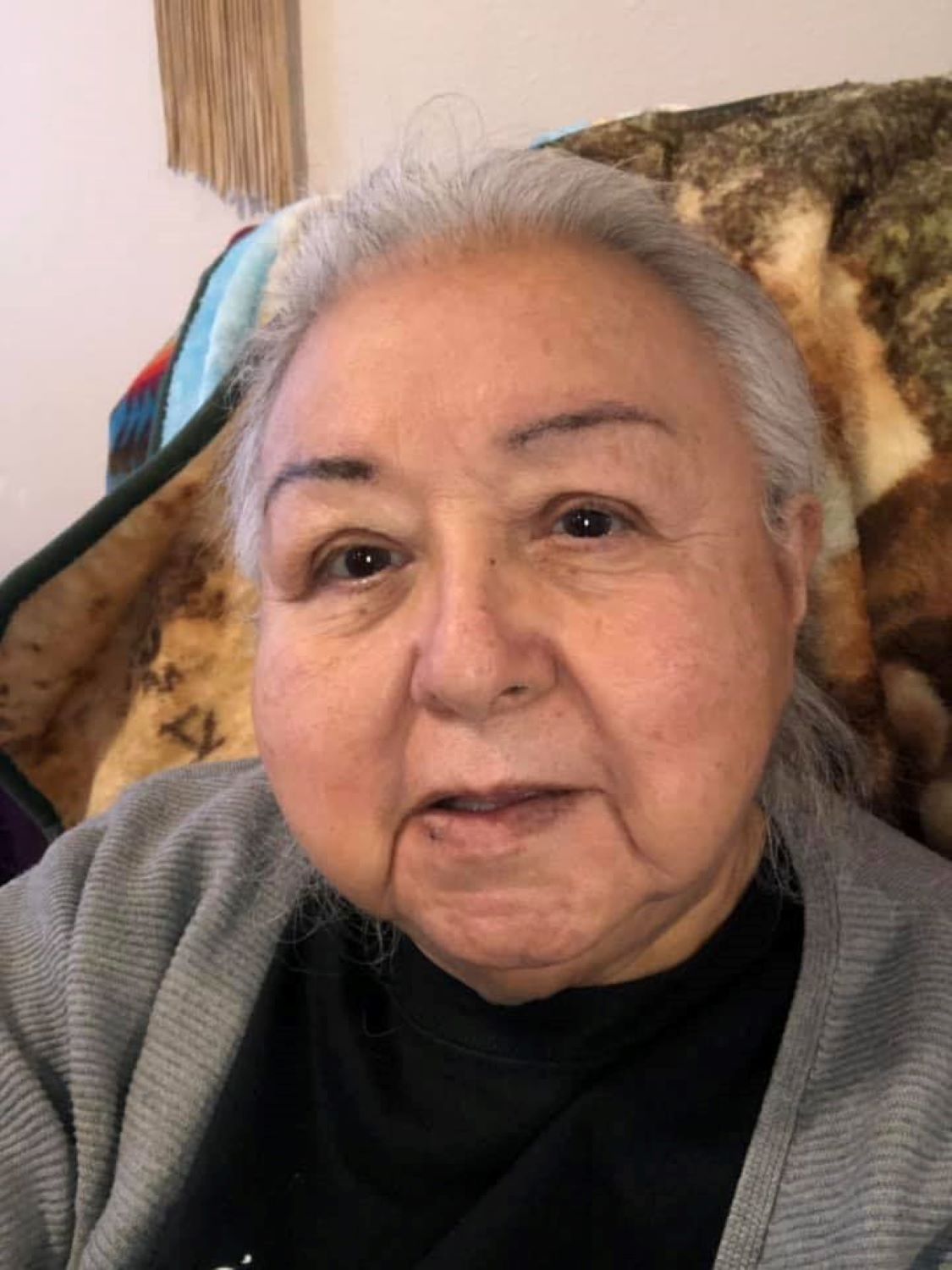
Note: our speaker will join us on Zoom today
Qe es nte qeqs čšt̓im qeqs k̓ʷłqeyxʷm n̓e taqs hoy taqs oo̓st łu sqlix̣ʷlč̓musšn.
The Culture Committee seeks to preserve, protect and perpetuate the living culture and traditional way of life of our people.
Shirley Trahan has been an important part of these efforts in her role as Senior Translator and Language Specialist. She will share traditional stories and talk about her work.
A RECORDING OF THIS PRESENTATION HAS BEEN ARCHIVED AND WILL BE AVAILABLE FOR VIEWING DURING TRADITIONAL STORYTELLING MONTHS OF THE SELIS PEOPLE.
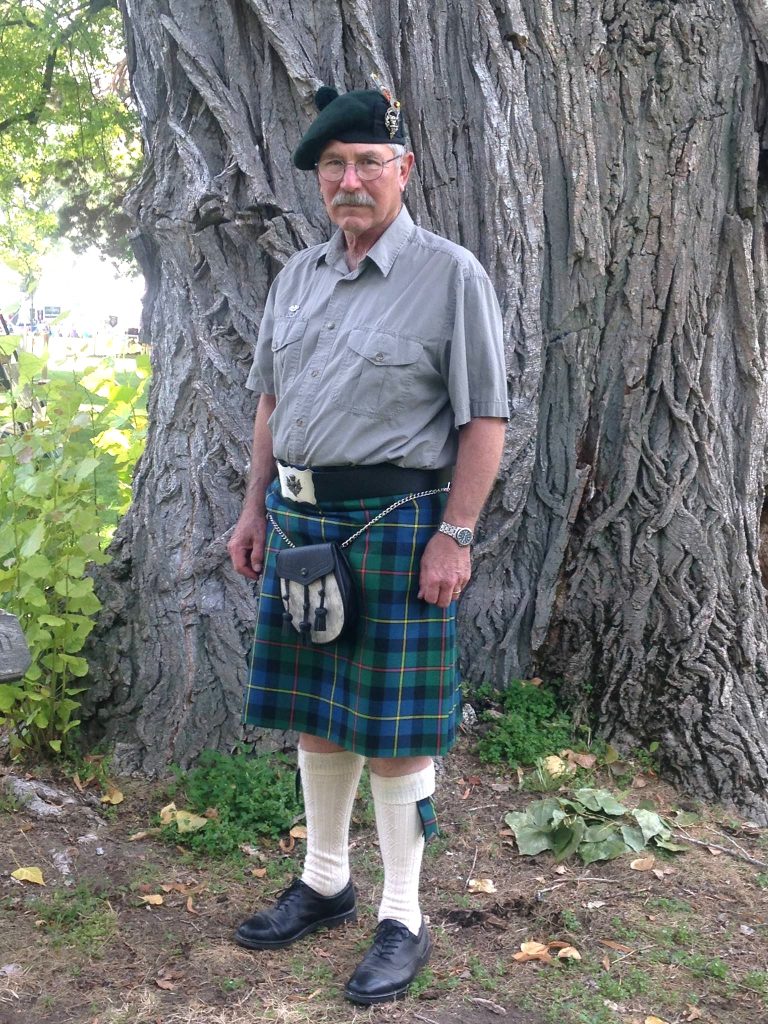
Retired archaeologist for the Lolo National Forest, C. Milo McLeod, shares “Secrets of Two Historic Homesteads.” The Hogback and Morgan-Case homesteads were acquired by the Lolo National Forest in 1979. Archaeology at the sites revealed surprising secrets about the people who lived and worked there including “Annie” Morgan, an African-American woman who traveled west after the Civil War.
For 28 years, McLeod managed the Lolo National Forest’s Heritage Program. Milo has worked closely with Indigenous groups, specifically the Confederated Salish and Kootenai Tribes, as well as the Nez Perce Tribe, on issues specific to cultural resource management and traditional cultural properties.
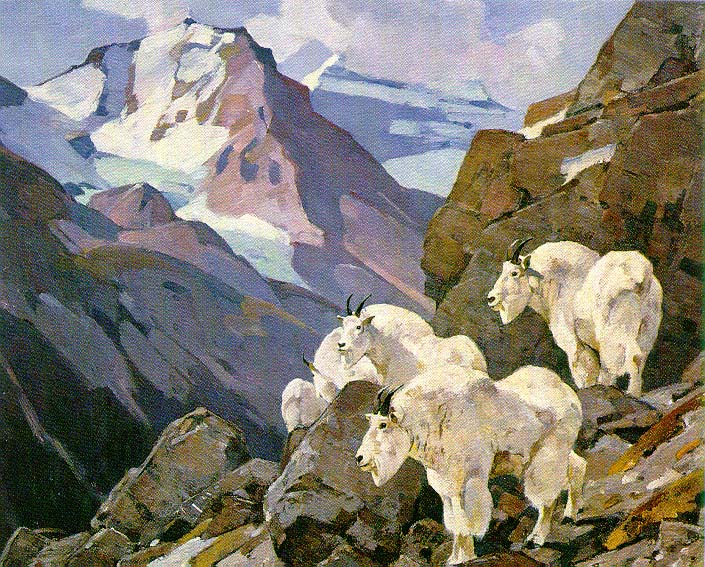
Carl Rungius was the master portrayer of the big game animals of North America in their natural habitat. Born and trained in Germany as a wildlife painter, he emigrated to the United State in 1894, lured by popular stories and art of the American West. An 1895 excursion to Wyoming hooked him on the region’s wild animals. After fifteen years as an illustrator, Rungius discovered the Canadian Rockies, and decided to devote his energies to fine art painting of the great game animals of the Northern Rockies. His genius was meticulous understanding of faunal anatomy, dramatic lighting and coloration, and superb background landscapes. Collector Lee Silliman will weave the facets of his life, how he painted the animals, and the amazing products of his genius into a beautiful tapestry.
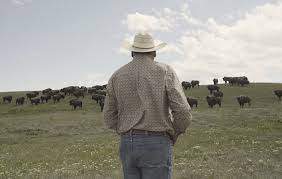


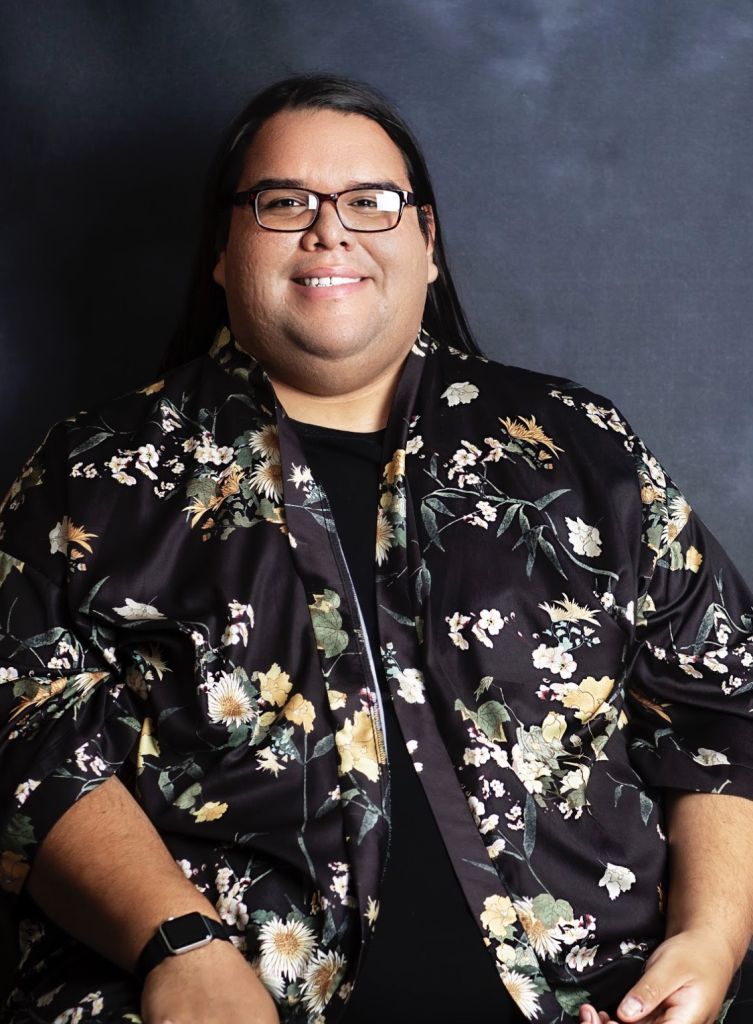
Bring Them Home tells the story of a small group of Blackfoot people and their mission to establish the first wild buffalo herd on their ancestral territory since the species’ near-extinction a century ago, an act that would restore the land, re-enliven traditional culture and bring much needed healing to their community. Directors Daniel Glick, Ivan MacDonald, and Ivy MacDonald will talk about the film, narrated by award-winning Blackfeet/Nez Perce actress Lily Gladstone. The World Premiere of Bring Them Home takes place at the 2024 Big Sky Documentary Film Festival.
Ivy MacDonald is a Montana based director, filmmaker, producer and cinematographer. She is an enrolled member of the Blackfeet tribe of Browning Montana. She graduated from the University of Montana in 2017 with a BFA in Digital Filmmaking. Over the last six years she has produced, shot and directed work for Showtime, ESPN, and HBO. Most recently she produced the Showtime documentary series: Murder In Big Horn, which focuses on the Missing and Murdered Indigenous Women and Girls crisis on the Crow and Northern Cheyenne reservation in rural Montana. She was also a 4th World Media Lab Fellow for Tracy Rector’s indigenous filmmakers program and an alumni of the Firelight Media Doc Lab fellowship.
Daniel Glick is a director, writer, producer, cinematographer and editor. For his short film, Iniskim (2019), he was nominated for three Emmy awards (directing, producing and photography) and won one for photography. His first feature documentary film, A Place to Stand, the true story of poet Jimmy Santiago Baca, broadcast nationally on PBS in 2018. He has directed and produced six fiction shorts and more than twenty short and branded documentaries, which collectively have won close to a dozen festival awards.
Ivan MacDonald is an Emmy award winning filmmaker who is an enrolled member of the Blackfeet Tribe. His most recent project Murder In Big Horn premiered at the 2023 Sundance Film Festival and aired nationally on Showtime. He was an inaugural fellow of the Illuminative and Netflix Producers Fellowship and is alumni of the Firelight Media Documentary Lab with his sister Ivy. The MacDonald siblings also created When They Were Here, a documentary that sheds light on the invisible crisis known as the Missing & Murdered Indigenous Women & Girls crisis.

Christopher Preston teaches environmental philosophy at the University of Montana, Missoula. His expertise revolves around the idea of the Anthropocene, the epoch in which human influence is everywhere. He studies emerging technologies for their impact on the human-nature experience, as well as restoration and rewilding efforts. His award-winning book, The Synthetic Age: Outdesigning Evolution, Resurrecting Species, and Reengineering Our World, has been translated into six languages. His latest book, Tenacious Beasts: Wildlife Recoveries That Change How We Think about Animals (February 2023), offers hope for recovering species as well as lessons about how to live with them.
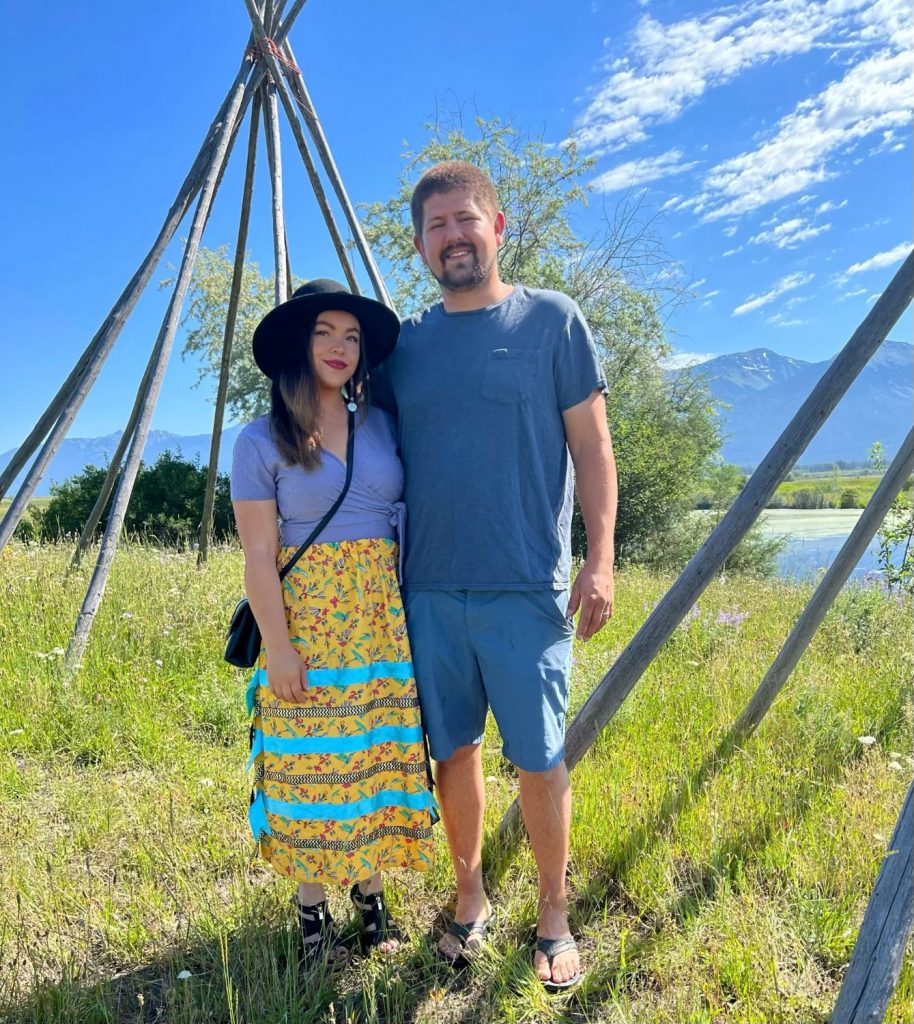
Sqelixʷ ‘Salish’ Storytelling incorporates Salish Language, Plains Indian Sign Language, and storytelling to discuss Salish culture, identity, and values. This presentation teaches Indigenous understandings about native storytelling, and Indigenous connection with the land. Aspen and Cameron Decker focus on Coyote stories to teach about Salish place names/Montana geography, art, and the Salish seasonal round. Coyote stories are told throughout the winter months.
Note: This recording will only be available when snow is on the ground, in accordance with Séliš storytelling traditions.
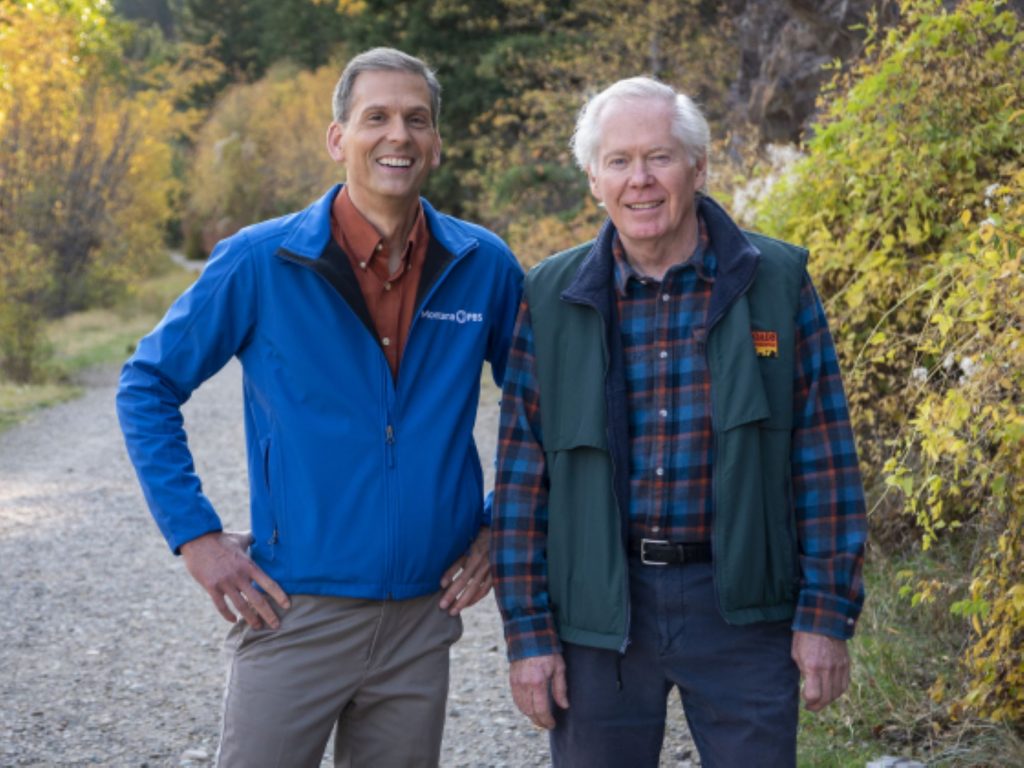
Since 1991, Backroads of Montana has taken us from our living rooms to some of the most unique places in the Treasure State. The series airs regularly on MontanaPBS. Host John Twiggs will be joined by William Marcus and other members of the Backroads crew to share some of their favorite backstories about the show and our home, Montana.
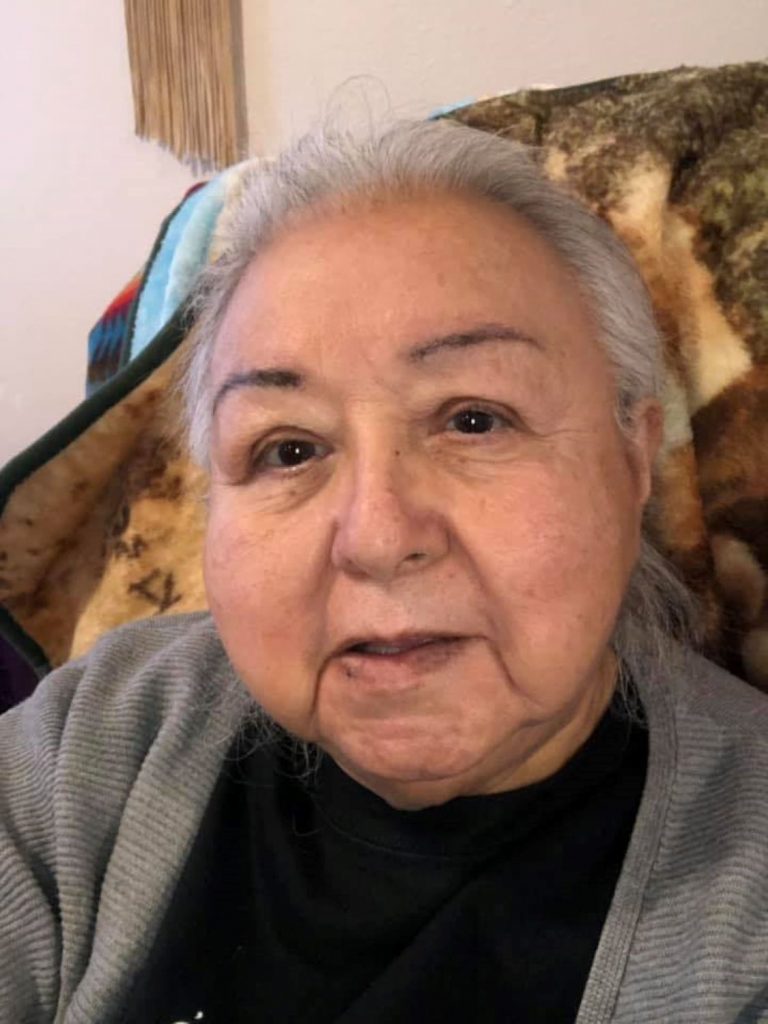
From the website of the Séliš-Ql̓ispé Culture Committee:
Qe es nte qeqs čšt̓im qeqs k̓ʷłqeyxʷm n̓e taqs hoy taqs oo̓st łu sqlix̣ʷlč̓musšn.
The Culture Committee seeks to preserve, protect and perpetuate the living culture and traditional way of life of our people.
Shirley Trahan has been an important part of these efforts in her role as Senior Translator and Language Specialist. She will share traditional stories and talk about her work.
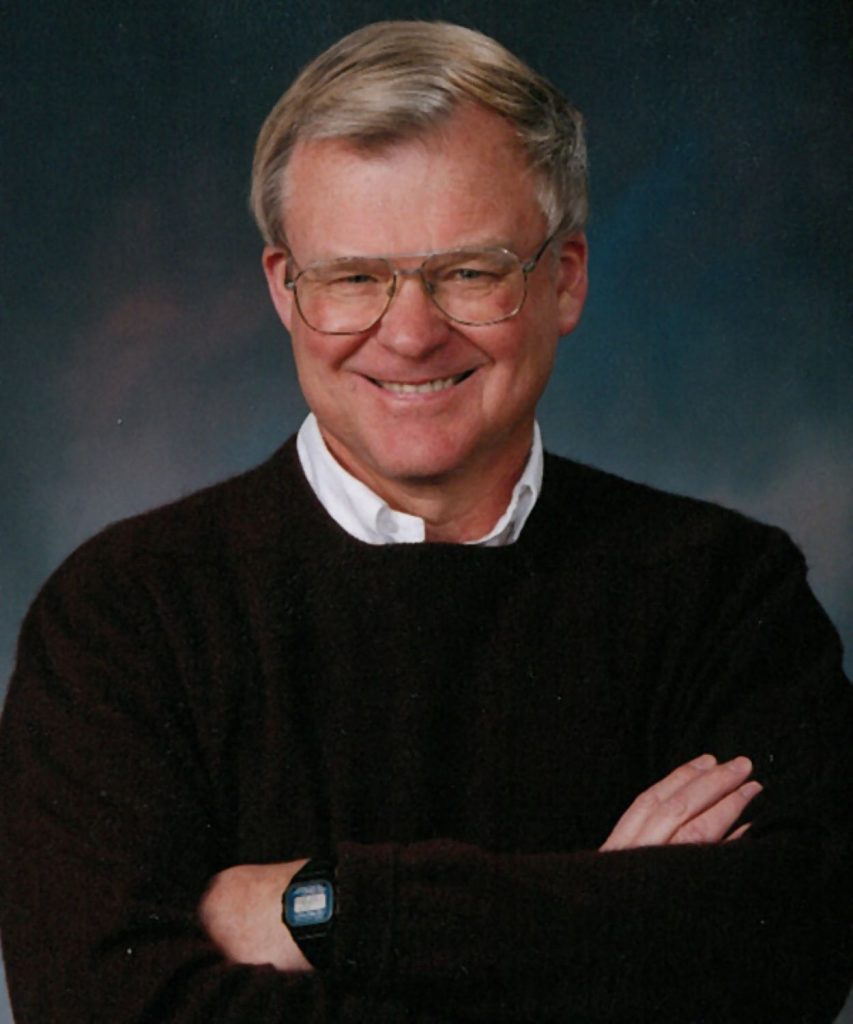
From historian Hal Stearns,
“Sacajawea: Facts and fancy about one of my favorite figures of the American West.
Let’s explore the legends and the known history of a young woman who had to deal with cultural, social, political barriers and without doubt, be one of the most vital members of the Lewis and Clark Expedition.”
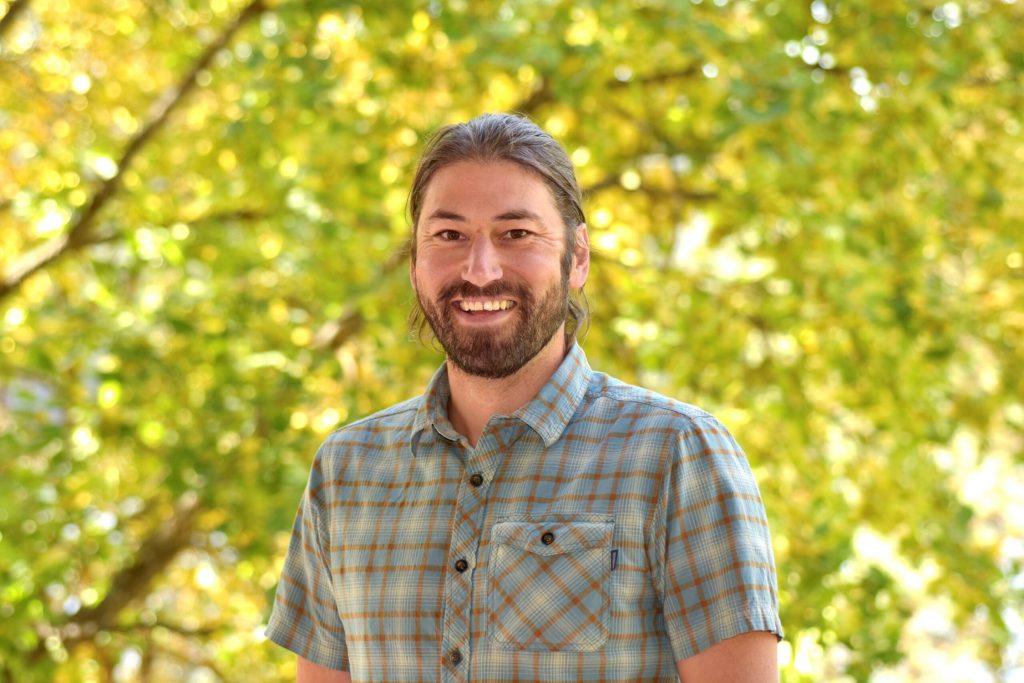
In Our National Forests, Greg Peters gives an inside look at America’s most important public lands and the people committed to protecting them and ensuring access for all. From the Forest Service growing millions of seedlings in the West each year, to their efforts to save the hellbender salamander in Appalachia, the story spans the breadth of the country and its diverse ecology. And people are at the center, whether the dedicated Forest Service members or the everyday citizens who support and tend to the protected lands near their homes.
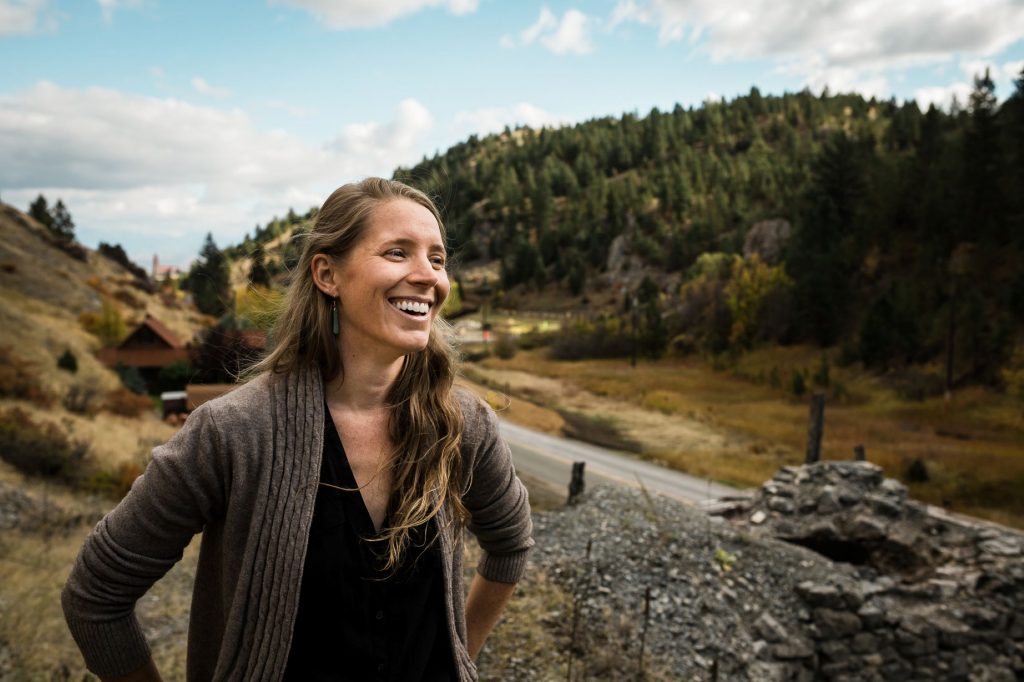
The River Where You Forgot My Name travels between early 1800s Virginia and Missouri and present-day western Montana, a place where “bats sail the river of dark.” In their crosscutting, the poems in this collection reflect on American progress; technology, exploration, and environment; and the ever-changing landscape at the intersection of wilderness and civilization.
Three of the book’s five sections follow poet Corrie Williamson’s experiences while living for five years in western Montana. The remaining sections are persona poems written in the voice of Julia Hancock Clark, wife of William Clark, who she married soon after he returned from his western expedition with Meriwether Lewis. Julia lived with Clark in the then-frontier town of St. Louis until her early death in 1820. She offers a foil for the poet’s first-person Montana narrative and enriches the historical perspective of the poetry, providing a female voice to counterbalance the often male-centered discovery and frontier narrative. Winner, Montana Book Award-Honor Book, 2019
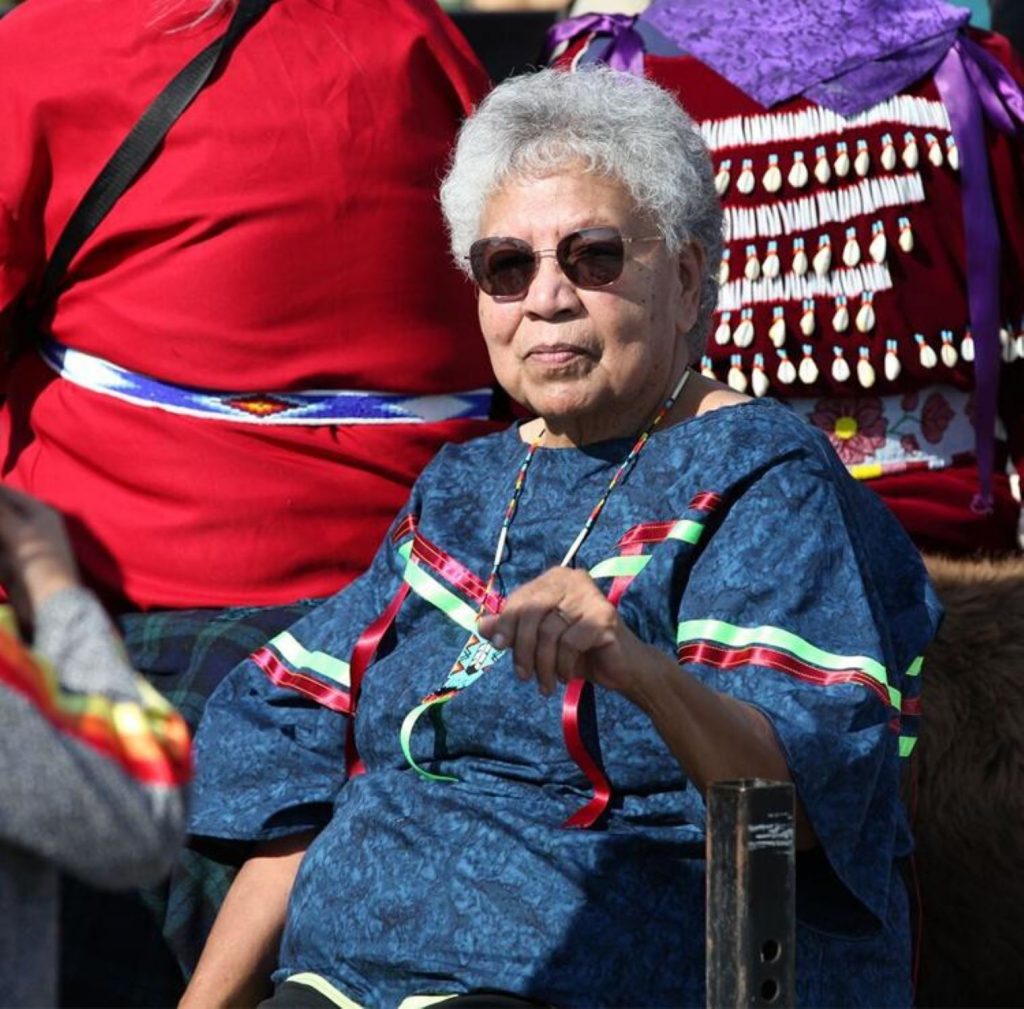
In October, the former Higgins Street Bridge was renamed to honor Sxʷúytis Smx̣e, or Grizzly Bear Tracks, a prominent Séliš sub-chief whose descendants maintain an important presence within the tribe. Jesuit missionaries gave the Bear Tracks family the last name “Vanderburg” in the 1800s.
Founding member of the Séliš-Ql̓ispé Culture Committee and Bear Tracks descendant, Lucy Vanderburg, said she’s proud of her relatives’ efforts to preserve Séliš culture.
“And I know in my heart the renaming of this bridge is pleasing to Bear Tracks and to all the Salish Pend d’Oreille people,” Vanderburg said.
Lucy Vanderburg will share stories of her ancestors.
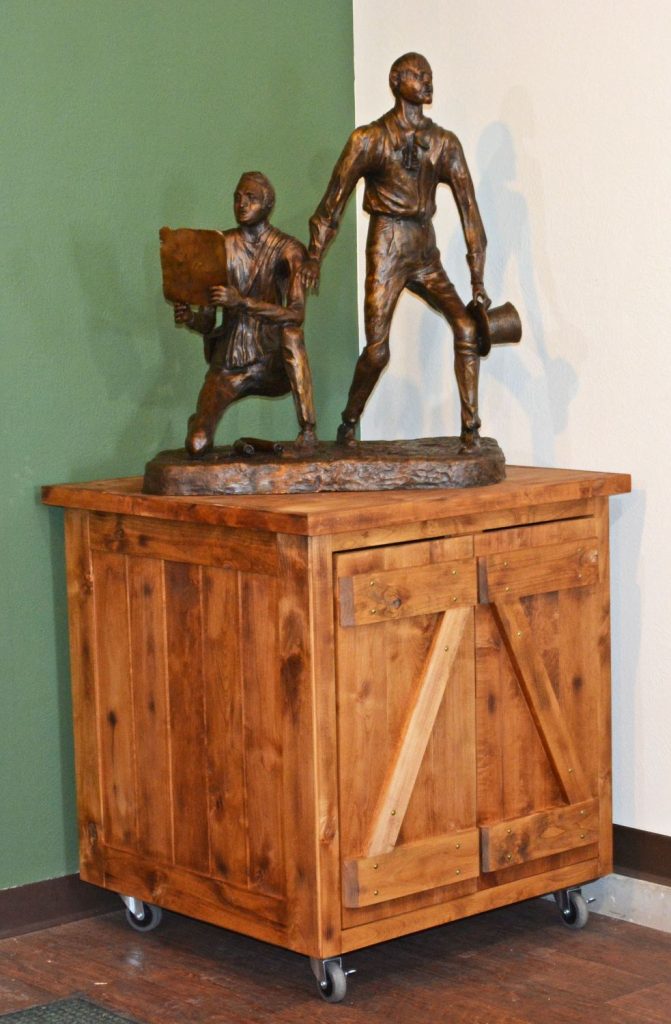
Long time Montana artist (and Travelers’ Rest State Park volunteer) Tom Schenarts created this sculpture to depict the departure of Lewis and Clark from Travelers’ Rest on July 3, 1806.
Meriwether Lewis marked this occasion in his journal, saying “I took leave of my worthy friend and companion Capt. Clark and the party accompanyed him. I could not avoid feeling much concern on this occasion although I hoped this separation was only momentary.”
The dividing of the Corps was a courageous and dangerous decision by the Captains. The Corps was already a small contingent in a vast wilderness. The nine men selected to explore the Road to the Buffalo in Blackfoot territory took a considerable risk.
Tom will talk about his creative process and the many details which make this sculpture an intimate portrait of an important moment in American history.
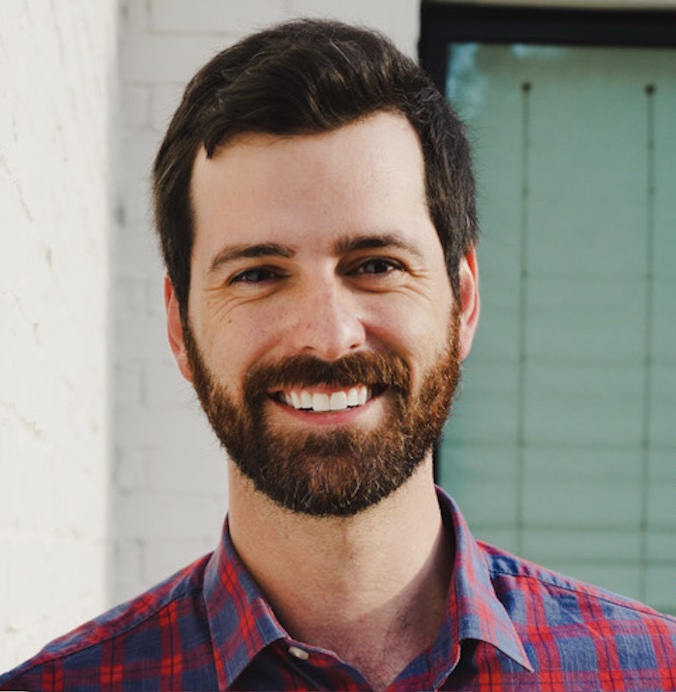
In 2021, the National Museum of Forest Service History received a very generous financial gift for the development and support of an oral history program to capture and preserve individual oral histories from America’s conservation history.
Dr. James Wall is the Oral Historian at the National Museum of Forest Service History. He received his PhD in American History from the University of Georgia in 2018 and taught at Augusta University and Angelo State University before moving to Missoula. He has also worked on the staff of Civil Rights in Black and Brown, an NEH-funded oral history project and digital humanities website documenting the history of grassroots civil rights activism across the state of Texas.
He will present a short talk describing the practice of oral history, as well as the exciting projects in the works at the museum.
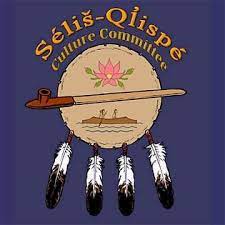
Elders and staff from the Séliš-Ql̓ispé Culture Committee share traditional stories and reflect on what these stories tell us about tribal culture, history, and the people's relationship with the land.
From the Culture Committee's Facebook page:
"Storytelling begins after the first snowfall. This is a time of year when the Selis and Qlispel people relax from the summer and early fall harvesting seasons. Stories are told by parents, grandparents, and great-grandparents to the younger generations. The children are encouraged to sit quietly and listen with thoughts of their own about being part of the stories. Salish elder Eneas “Tom Puss” Pierre remembered that during the long winter nights when he was a little boy, he and other children would listen “with our mouths hanging open” in amazement.
Many of the stories tell of Snč̓l̓é - Coyote - who prepared the world for human beings who were yet to come. He showed the right way to live with each other and with the earth and its creatures. The stories teach and tell of values and morals. From these stories we can still today see landmarks that tell us of creation of the world and human beings."
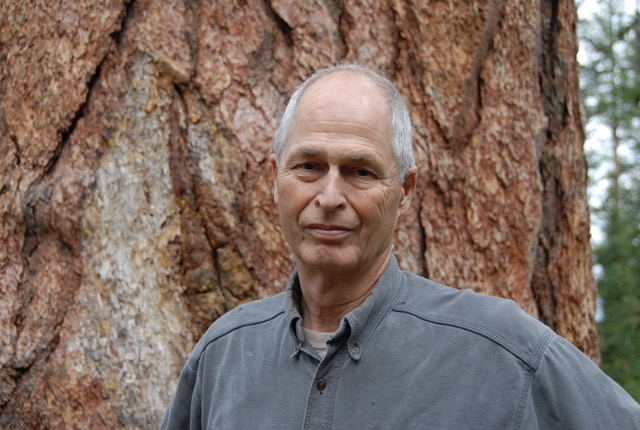
An award winning author and journalist, John N. Maclean spent thirty years at the Chicago Tribune, most of that time as a Washington correspondent, before taking up a second career as an author. Since then, he has written five nonfiction books about wildland fires. His newest book, Home Waters: A Chronicle of Family and a River, includes a chapter chronicling Merriwether Lewis’ journey from Travelers’ Rest along the Road to the Buffalo.
Maclean is the son of Norman Maclean, author of A River Runs through It, the acclaimed novella about life in early twentieth century Montana. “It’s a good thing to have a sense of place, and Montana more than any place is where my family has its roots,” Maclean says. “We’ve been tied there in one way or another for five generations and counting. I’ve fished the Blackfoot River, the river in my book title, throughout my life, as my father did before me, his father before him, and my sons do now.”
Photo by Lindsay Atnip, in front of the giant larch “Gus” at Seeley Lake, the largest in North America.
CLICK HERE TO WATCH A RECORDING OF JOHN MACLEAN’S PRESENTATION
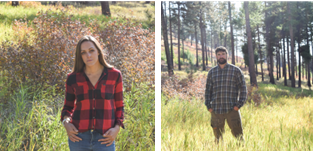
Lauren and Justin Karnopp are the hosts and producers of The February Room Podcast and owners of CD Fishing USA. Following a decade in the outdoor television industry, where Lauren and Justin worked as an editor and producer, respectively, they took the plunge and launched their own retail and media business in 2020.
The February Room Podcast is now nearing its 100th episode and features interviews with all sorts of anglers, artists, guides, conservationists, and everyday folks with a good fishing yarn to spin.
CD Fishing USA sells tackle across North America via their consumer direct e-commerce site and local fly shops throughout the Rockies. The parent company, Composite Developments, is a New Zealand-based manufacturer with a 40-year history of innovations in the graphite rod manufacturing industry.
Lauren handles all of the video/audio editing and social media content for The February Room and CD Fishing USA, and still works as a freelance editor in the outdoor television industry. Justin is responsible for the day-to-day marketing, shipping and housekeeping operations for their businesses, works as a fly fishing guide on many waters throughout Western Montana, and freelance writes for various outdoor magazines.
CLICK HERE TO WATCH A RECORDING OF THE KARNOPPS’ PRESENTATION
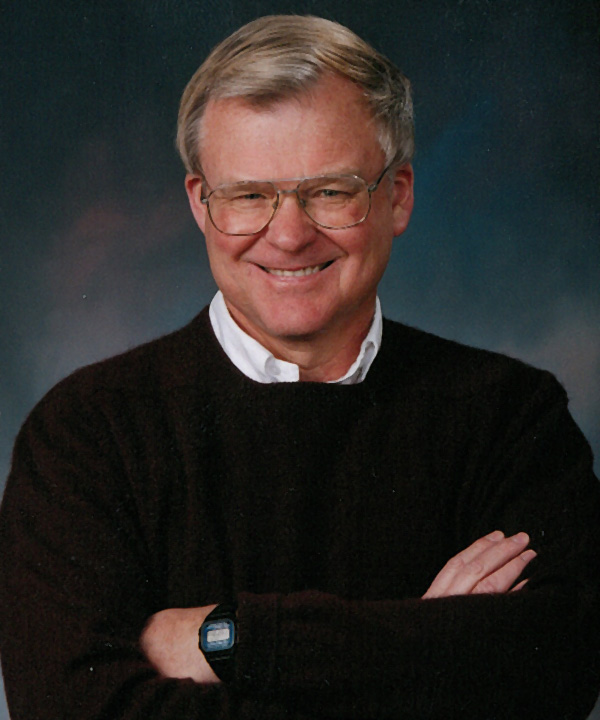
From Sitting Bull to Custer, from Copper Kings to Wheeler and Mansfield, from Rankin to Cobell, and more. Under the microscope, a few leaders are great, some are famous, others fair at best. The past gives us many lessons. Whether politician, military commander, educator, chief, or coach, leadership is key. It is a mix of art and innovation, charisma and communication, brave or brash. Hal Stearns tells stories about Montana’s past leaders to start a discussion about Montana today.
An educator for 34 years, today Hal is an instructor for the University of Montana’s Lifelong Learning Institute and Humanities Montana. He has a particularly fond interest in sharing his passion for Montana and the West and education with community members, students, teachers and administrators. He has led tours coast to coast and lectured in over 40 states, Germany, England, Japan, Korea and Brazil. His undergraduate degree is from the University of Notre Dame and his advanced degrees are from the University of Montana. His military schools include OCS, Command and General Staff and the Army War College.
CLICK HERE TO WATCH A RECORDING OF HAL STEARN’S PRESENTATION
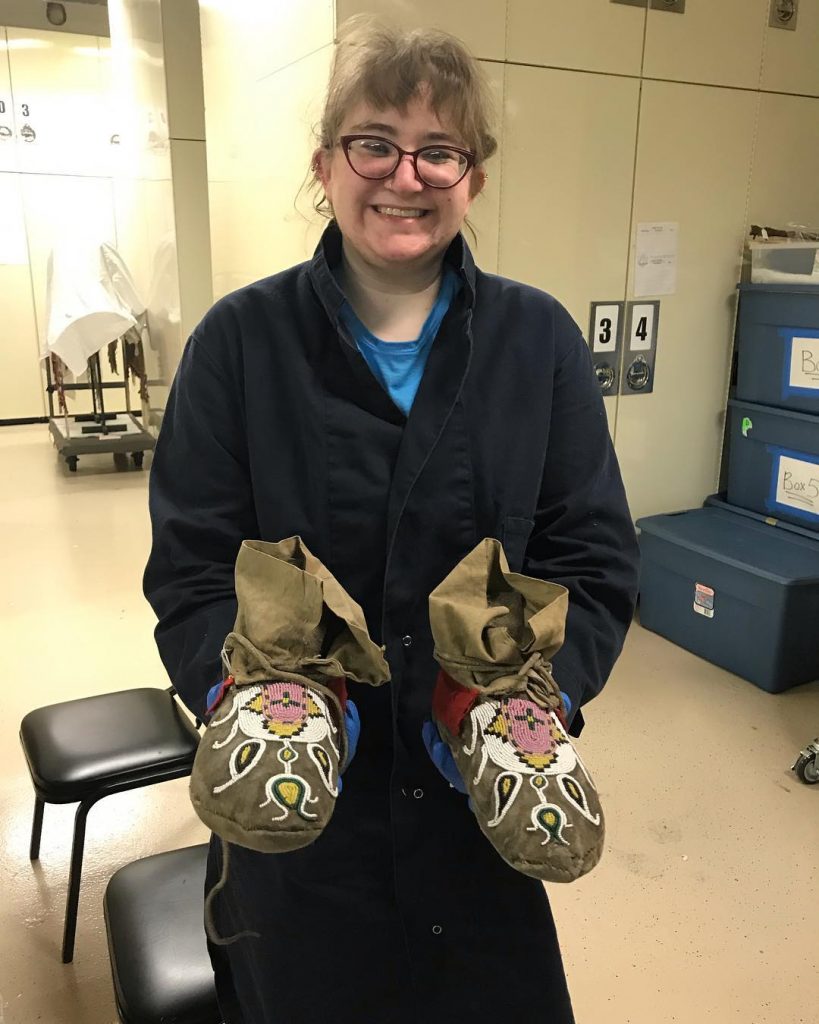
Moccasins made enormous contributions to early exploration and expansion in America. Michaela Shifley will discuss these contributions and their particular importance during the Lewis and Clark Expedition. She will also talk aobut moccasins in museum collections and the important roles that moccasins fulfill for Native communities in today’s world.
Michaela Shifley is currently a Ph.D. candidate at the University of Montana in Missoula, MT. Her dissertation project is based around bringing Niitsitapi moccasins out of dusty museum storage spaces and listening to the stories that they have to tell, in partnership with Niitsitapi community members. Born and raised in eastern Montana, Michaela is passionate about helping to preserve and care for the cultural heritage of our great state. Michaela is a former Smithsonian Institution Graduate Student Fellow (2018), Montana Historical Society Dave Walters Fellow (2019), and Buffalo Bill Center of the West Resident Fellow (2019), as well as an alum of the Smithsonian Institution’s Summer Institute in Museum Anthropology (2017).
CLICK HERE TO WATCH A RECORDING OF MICHAELA SHIFLEY’S PRESENTATION
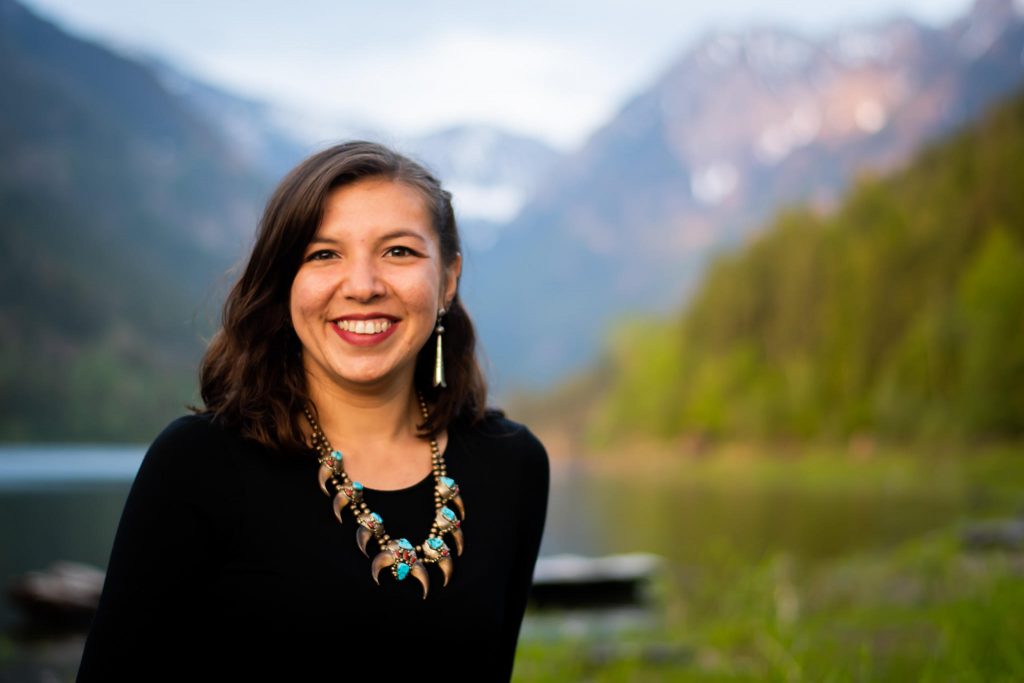
Rose Bear Don’t Walk seeks to bridge science, culture, and health through her work with traditional indigenous foods and native plants of northwest Montana. A longtime resident of the Flathead Indian Reservation, Rose is a descendant of the Bitterroot Salish and Crow tribes of the state. She has a BA in political science from Yale University. Recently, Rose received a masters of science in environmental studies from the University of Montana having centered her research on the longstanding relationships Salish people have formed with local edible flora and its implications for community health and cultural longevity. Rose currently is one of four women in the 500 Women Scientist inaugural cohort for the “Fellowship for the Future.” This fellowship seeks to help women of color conduct projects to promote equality and social justice in science fields. Rose hopes to increase awareness and usage of traditional food plants while also promoting healthy culturally-relevant habits in her Salish community.
CLICK HERE TO WATCH A RECORDING OF ROSE BEAR DON’T WALK’S PRESENTATION

Learn more about the extraordinary life of Helen Piotopowaka Clarke (1846 – March 4, 1923), a Piegan Blackfeet and Scottish American actress, educator, and bureaucrat who pioneered as a mixed-race woman in her fields, becoming one of the first women elected to public office in Montana.
Vernon Carroll, a member of the Blackfeet Tribe, was born in Cut Bank, Montana, and worked as a cattle rancher there alongside his father, maintaining a lifelong interest in the history and culture of the native peoples who lived in Montana. His ranch itself boasted three buffalo jumps and numerous tipi rings, among other native sites and artifacts. His love of history led him to work for a year as the interim manager of the Glacier County Museum in Cut Bank. In 2002, he retired from ranching when he was hired as the pioneer Interpretative Specialist at the Traveler’s Rest State Park in Lolo, Montana. Vernon retired from the park in 2019 and we are thrilled to have him back as a speaker!
CLICKE HERE TO WATCH A RECORDING OF VERNON CARROLL’S PRESENTATION

The story of storytelling reflects how people learn and communicate. Humans have been telling stories for 100,000 years and stories are essential to helping us make sense of the world in which we live. They preserve and pass on cultural knowledge from generation to generation, and they are what we have in common with others despite our differences. Through stories, we learn to empathize by understanding other points of view. Join Mary Jane Bradbury for a journey through the history (and herstory) of storytelling and its increasingly important role in connecting us through our shared humanity.
Mary Jane Bradbury is a storyteller, educator and author who brings history to life for audiences of all ages. She is a Chautauqua speaker for Humanities Montana and the Colorado Humanities, and has been an Artist in Residence for the Charles M. Russell Museum in Great Falls, and the Montana Historical Society in Helena. Before moving to Montana in 2014, Mary Jane was an interpreter/enactor for the Denver Museum of Nature and Science in Colorado. A frequent speaker for our Saturday Storytellling series, we are pleased to welcome her back.
CLICK HERE TO WATCH A RECORDING OF MARY JANE BRADBURY’S PRESENTATION
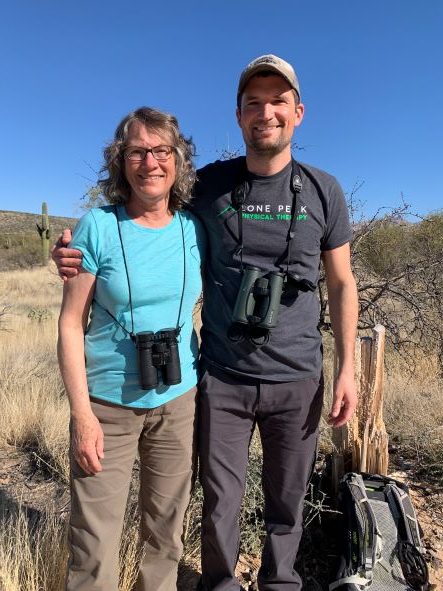
Torrey is a nongame wildlife biologist with Montana Fish, Wildlife and Parks department (FWP) and is based in Missoula. Torrey grew up in the Bitterroot Valley, where his passion for animals and the great outdoors was nurtured. He has spent most of his life exploring all manner of muck and mire around Montana. He has also worked for various state and federal agencies on different forms of wildlife research and management. His “Tuesdays with Torrey” social media posts for Montana FWP are informative and entertaining glimpses of wildlife and habitat.
Sharon spent 30+ years working as a biologist in Montana, Idaho, and Wyoming, with an emphasis on wildlife ecology. During that time she wrote several dozen magazine articles and authored one book. As a Certified Biomimicry Specialist, Sharon believes in the power of listening to and learning from nature. Since retiring from Biomimicry 3.8 in 2013, she enjoys having time to also focus on birding, fly fishing, hiking, biking, writing, doing field trips with school classes, and traveling.
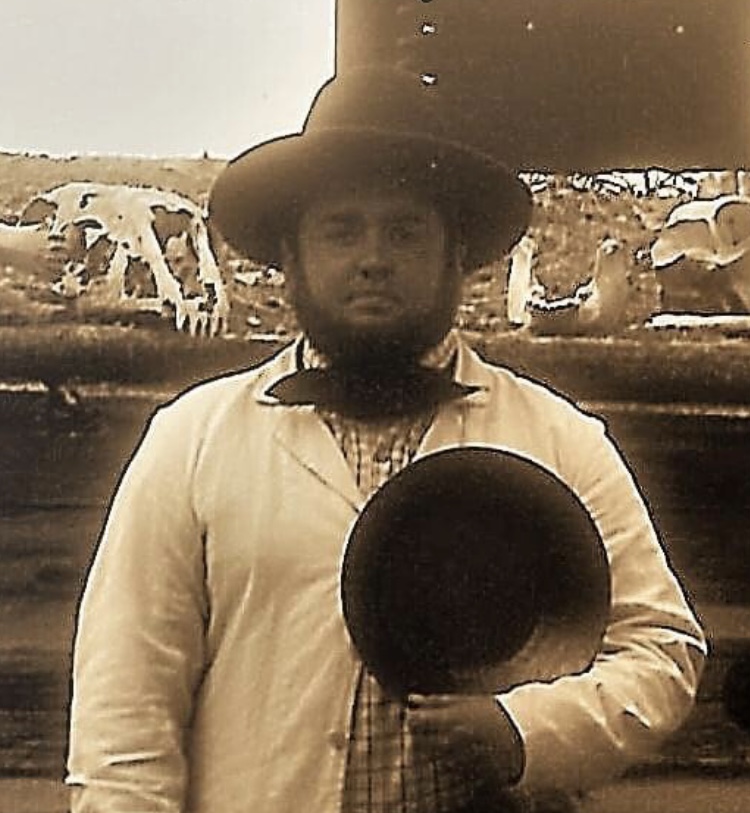
Rediviva: Reconstructing the Bitterroot Valley of the Mid-19th Century
In the wake of Lewis and Clark, a colorful and diverse cast of characters would find their way west into the modern Bitterroot Valley. From the fur traders of the Hudson Bay Company, Jesuits, merchants, and ambitious soldier-surveyors, to some of the early “fathers of Montana”, the land of the Salish underwent many transformations in these pivotal years. While this era has long since passed into memory, living history allows us to look into a lost world in Montana’s past by experiencing some of what they did firsthand.
Austin Haney is a longtime researcher and reenactor specializing in the 19th Century American and Canadian West. A graduate of the University of Montana, he has spent the last several years helping bring history to life with the National Park Service and the Lewis and Clark Foundation.
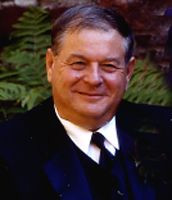
Clearwater Shortline: Laying Tracks along the Lolo Trail
Bill Taylor and his wife, Jan, research the early railroad surveys done in Montana during the 19th century that led to the railroad infrastructure in place today. A recent focus of their research is Northern Pacific’s effort to shorten its main line west of Missoula in 1910. Known as the Clearwater Shortline, this construction along Lolo Creek would have followed almost exactly the route of Lewis and Clark over Lolo Pass. You can see some of Northern Pacific’s work along Highway 12 even today. Bill will show you where to look in a multi slide Power Point presentation. He also will talk about Northern Pacific land grants, the reason USFS maps have that checkerboard look, and the lasting impacts of those land grants on Montana.
Bill Taylor is a retired English/history teacher with 35 years of service – the last 29 in Missoula. He and his wife, Jan, have written five railroad history books and are working on another about the Montana Union Railway out of Butte. He and Jan recently hosted the Northern Pacific Railway Historical Society’s 2022 national convention in Missoula.

Coyote Stories with Tony Incashola. Tony was born in St. Ignatius, Montana, home of the mission that gives the name Mission Valley to the Confederated Salish and Kootenai Reservation lands south of Flathead Lake. Tony was raised by his maternal grandparents, who taught him Salish as his first language. Tony served in the U.S. Army from 1965 to 1967, including a tour of duty in Vietnam. In 1975, Johnny Arlee, another CSKT Tribal Elder, asked Tony to help with a project to preserve Salish culture and language. They and other elders started the Salish-Pend d’Oreille Culture Committee (SPCC). Tony has been the director of the committee for 25 years.
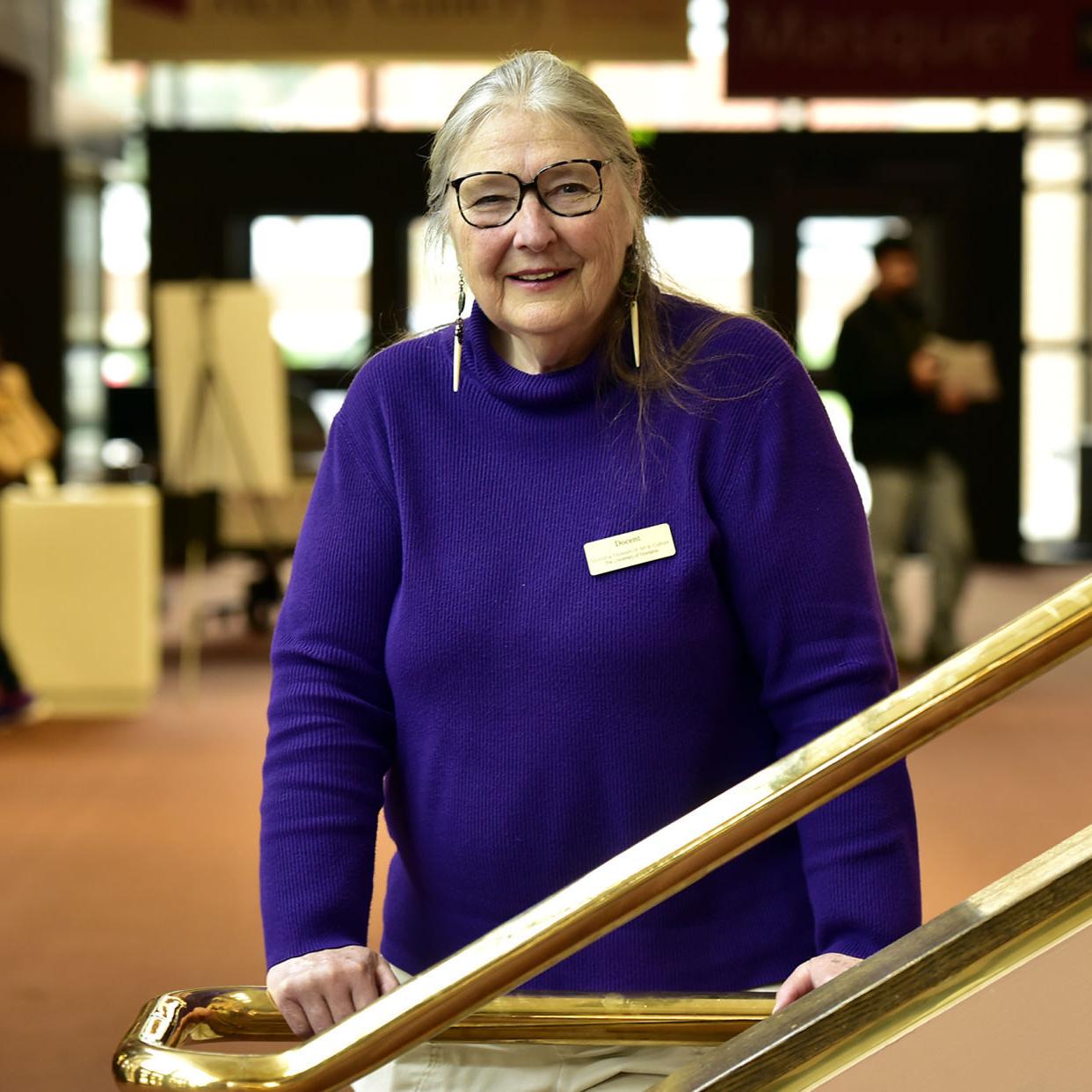
Jean Belangie Nye is the author of the recently-published “A Corner of Space and Time: Lee Nye’s Eddie’s Club Portraits.” Her late husband, Lee Nye, was a cowboy, a veteran, a poet, a teacher, and a bartender. Most of all, Lee Nye was an artist who captured the souls of a bygone America on film. Using the Eddie Club’s back alley as his studio, he photographed his subjects with black and white film on a Rolleiflex camera using only natural light. Jean will talk about her late husband, his work, and the process of researching and writing the biographies of his subjects, whose faces are familiar to many in Missoula, but whose stories are not.
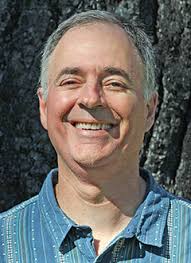
Sneed B. Collard III is the author of more than 80 award-winning books. Sneed has evolved through several life-history stages on his way to becoming one of today’s leading children’s authors. In 2006, Sneed was the recipient of the Washington Post Children’s Book Guild Children’s Nonfiction Writer of the Year Award for his body of work. A favorite presenter from Winter Storytelling 2020, Sneed will share stories of the many birds encountered by the Corps of Discovery, notably Lewis’s Woodpecker and Clark’s Nutcracker, and the birds of the Old World that informed the understanding of 19th century naturalists.
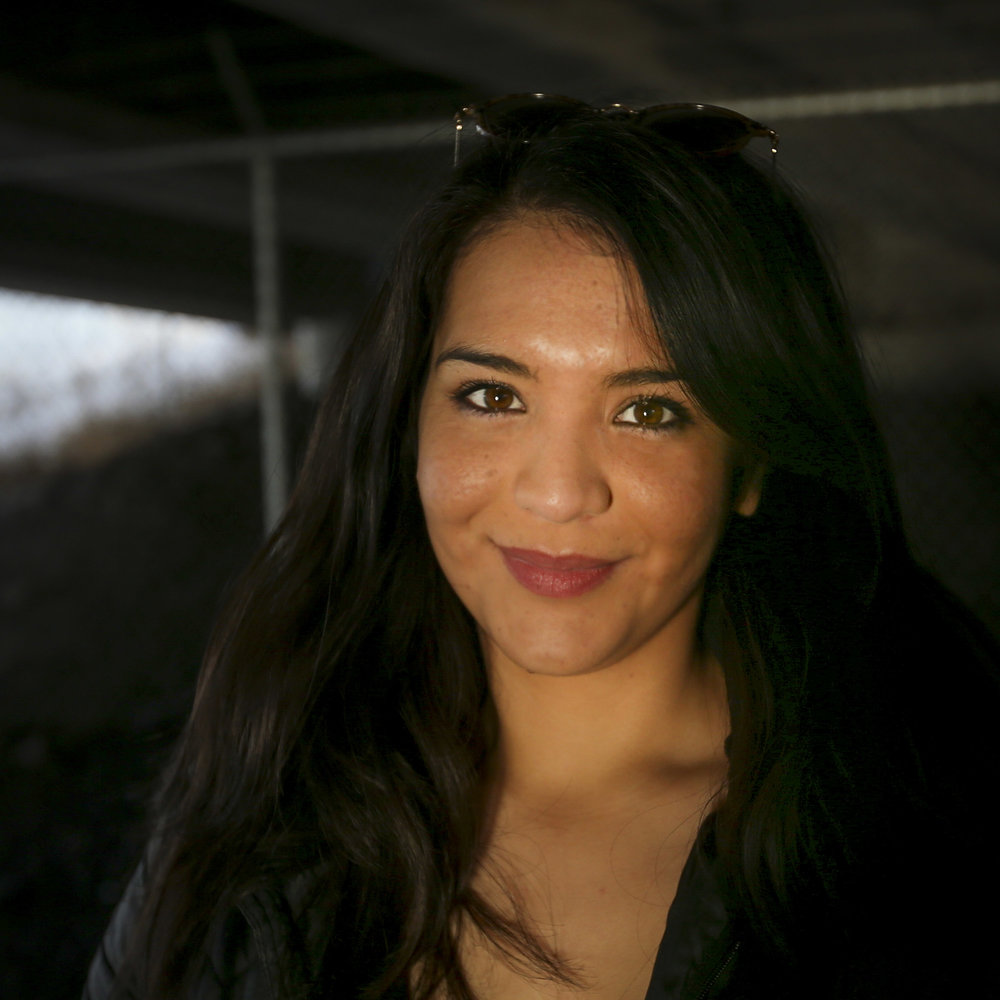
Tailyr Irvine is a Salish and Kootenai photojournalist born and raised on the Flathead Indian Reservation in western Montana. She graduated from the University of Montana with a bachelor’s degree in journalism in 2018. Her work focuses on providing in-depth representations of the lives and complex issues within the diverse communities that make up Native America. Her online exhibition, Reservation Mathematics: Navigating Love in Native America, is available to view on the Smithsonian’s National Museum of the American Indian website.
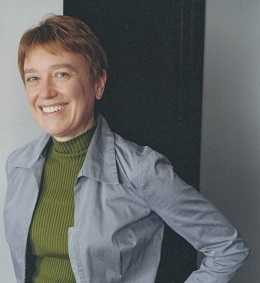
Carolyn Gilman is a historian and museum exhibit developer specializing in frontier and Native history. She created Reimagining America: The Maps of Lewis and Clark, an exhibit on display at Travelers’ Rest from January 9 to March 6, 2021. Carolyn is author of “Lewis and Clark: Across the Divide” (2003) and five other books on aspects of Native American and western history. She has worked as an exhibition developer at the Minnesota Historical Society, the Missouri History Museum, and the National Museum of the American Indian. She was curator of the National Lewis and Clark Bicentennial Exhibition. She is also an award-winning author of science fiction and fantasy.
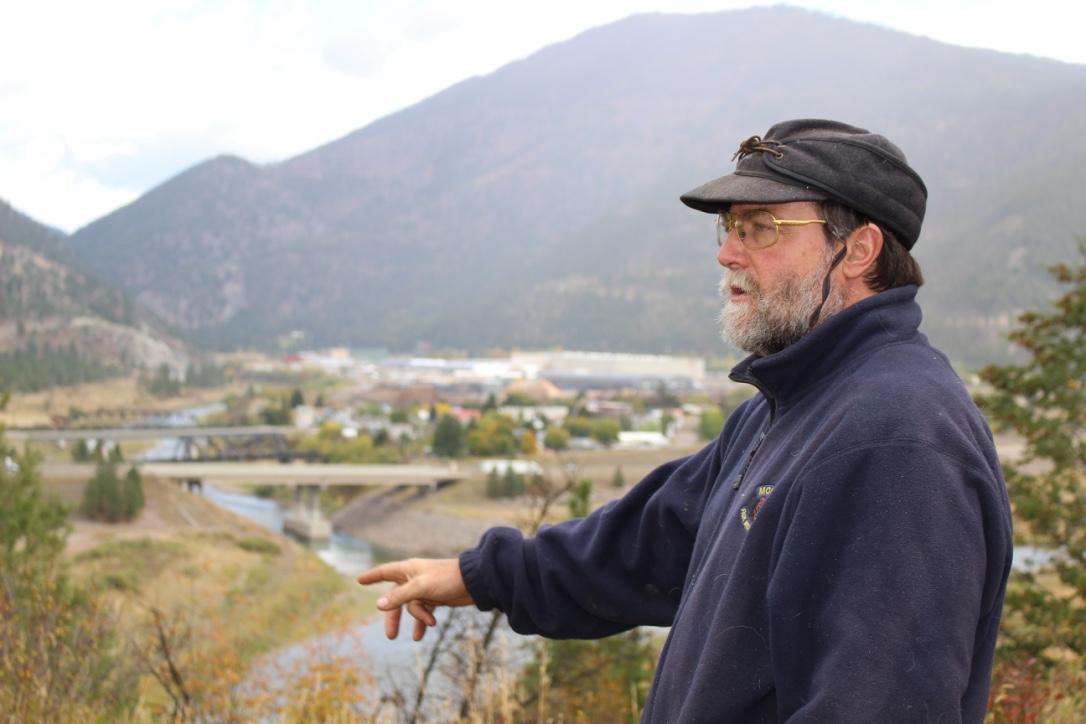
James Jonkel is a Wildlife Management Specialist with Montana Fish, Wildlife & Parks, managing black and grizzly bears, mountain lions, and wolves. Jamie serves on several committees and nonprofit organizations working to reduce bear and human conflict in Western Montana. He will share information and stories about recent grizzly bear activity in the Bitterroot Valley.
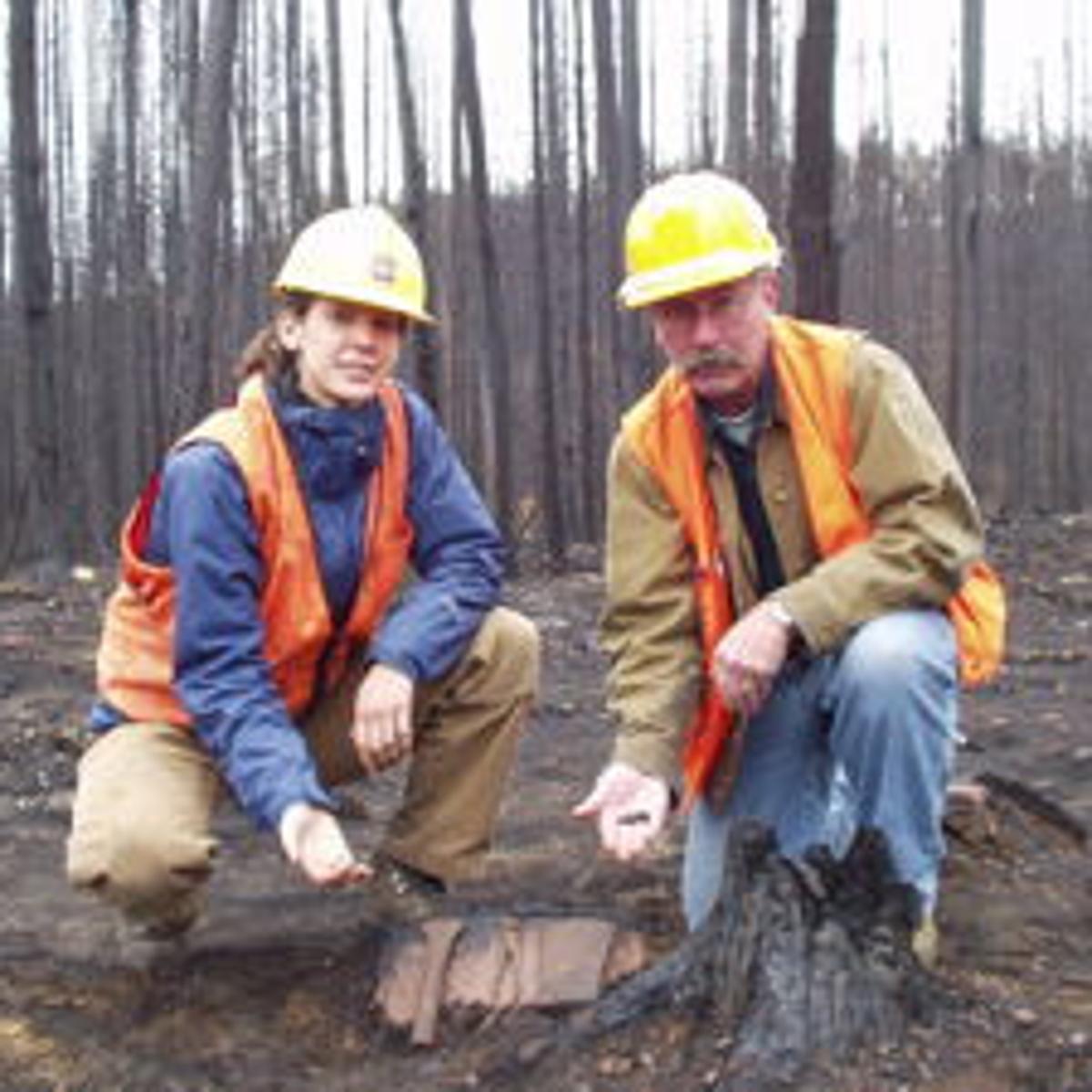
Retired archaeologist for the Lolo National Forest, C. Milo McLeod, shares “Secrets of the Jocko Lake Fires.” Milo worked in cultural resources management for over 40 years. For 28 years, he managed the Lolo National Forest’s Heritage Program, including ensuring compliance with the National Historic Preservation Act; developing public outreach programs such as Passport in Time, and conducting determinations of eligibility and listings for the National Register of Historic Places. Milo has worked closely with American Indian groups, specifically the Confederated Salish and Kootenai Tribes, as well as the Nez Perce Tribe, on issues specific to cultural resource management and traditional cultural properties.
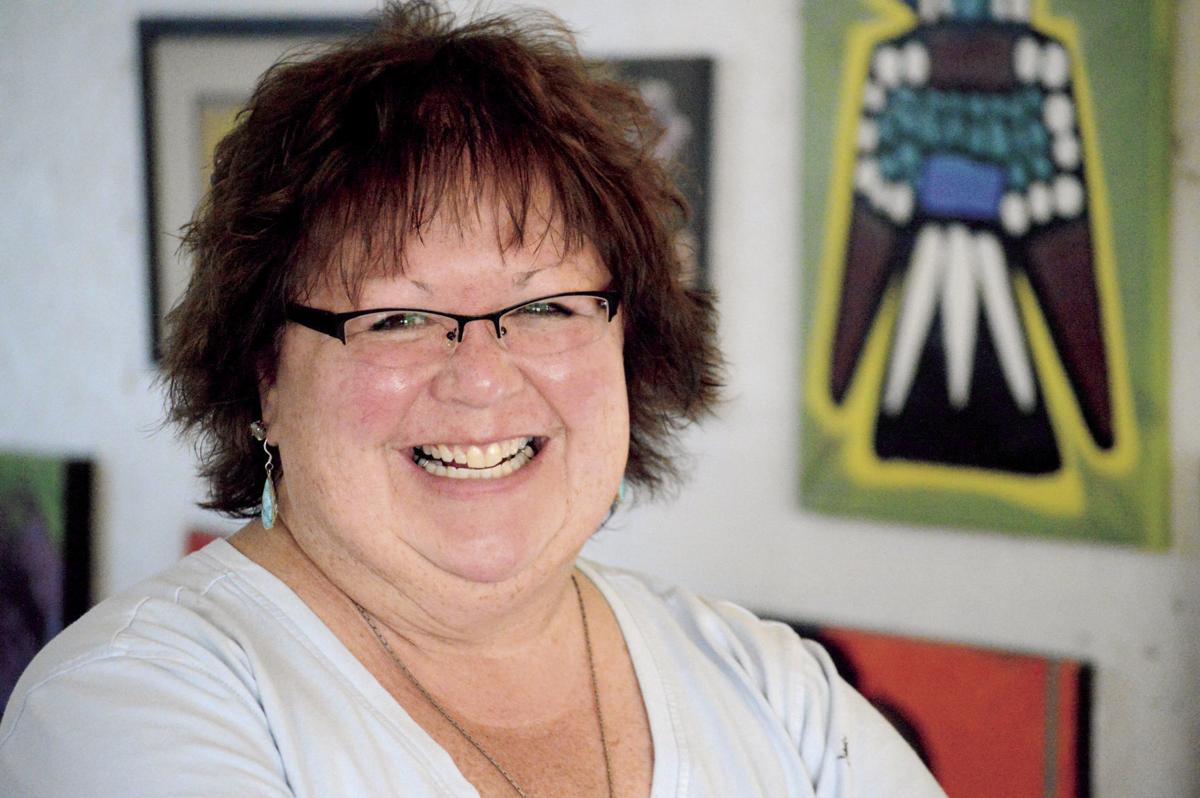
DG House, an enrolled member of the Cherokee Tribe of NE Alabama, and Frank Finley, an enrolled member of the Confederated Salish and Kootenai Tribes, are both noted artists and educators. DG is artist in residence in Grand Teton National Park, Yellowstone National Park and the Eiteljorg Museum of American Indians and Western Art and was a Reimagine Montana artist in residence at Travelers’ Rest State Park in 2017. When she’s not on the road, DG lives in Bozeman. Frank is an instructor at Salish Kootenai College and owns 32 Pair of Scissors Studio where he makes and sells silver jewelry, original paintings, prints, and T-shirts. Frank has demonstrated traditional craft, like rope-making and fish traps, at Travelers’ Rest.
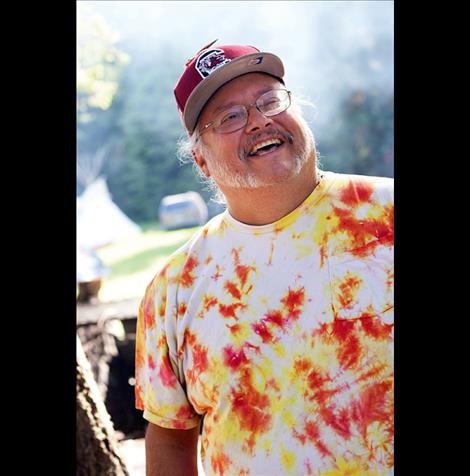
DG and Frank describe their unique relationship, “in indigenous culture, many types of familial classifications can and do happen. In our case, we met and have such similar pattern of habits that we ‘recognized’ each other as close family. Within a day of meeting each other over 20 years ago, we have been fast friends, colleagues and family, in no particular order.” They will talk about their art and their experience collaborating on a sculpture to be installed adjacent to Travelers’ Rest State Park in 2021.
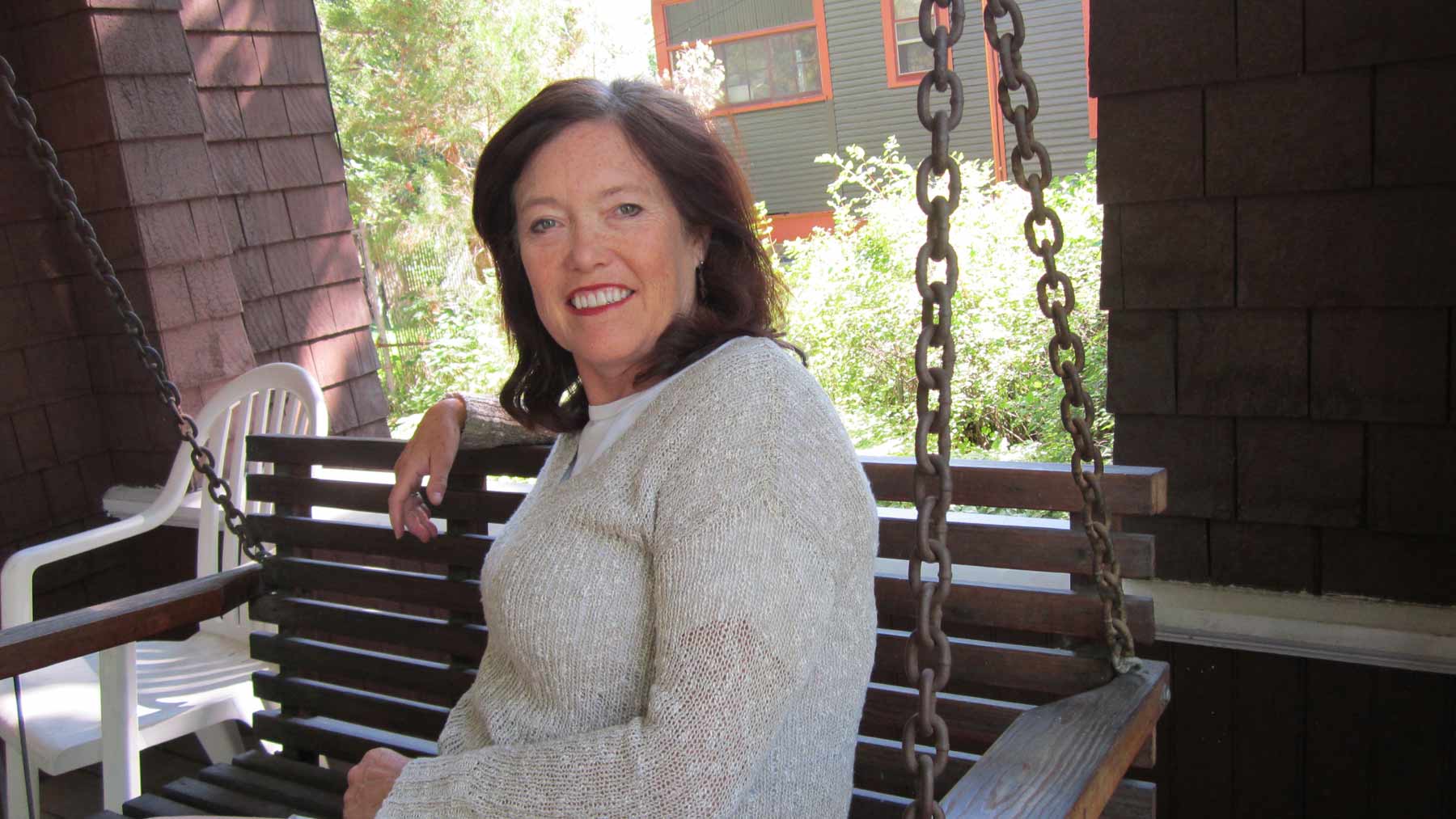
Caroline Patterson has published fiction and nonfiction in publications including Seventeen, Southwest Review and Sunset. She is the author of “Montana Women Writers: A Geography of the Heart,” and two children’s books on natural history. She also edited “Montana Women Homesteaders: A Field of One’s Own,” “Border to Border: Historic Quilts and Quiltmakers of Montana,” and “Fra Dana: American Impressionist in the Rockies.” She teaches creative writing through the University of Montana and the Missoula Writing Collaborative.
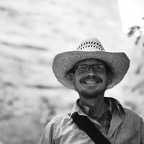
Kevin O’Briant is an archaeologist and instructor of MOLLI classes at the University of Montana. He spends summer months as a tour guide along the Lewis & Clark trail with Elder Hostel and Lewis & Clark Trail Adventures. His article, “Too Né’s World: The Arikara Map and Native American Cartography” was published in We Proceeded On in 2018. He is currently working on a new article based on further research. Kevin is a graduate of the University of Chicago and pursued his PhD at the University of New Mexico.
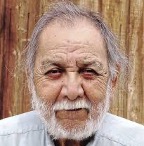
Victor is the great-great grandson of Chief Victor Charlo of the Bitterroot Salish. He was born and raised in Evaro, MT. Victor studied in a Jesuit seminary but ultimately left and to became involved in Native causes through a variety of social justice venues, notably the Poor Peoples’ Campaign. At the University of Montana, he met and befriended famed regional poet, Dick Hugo. Victor received his Master’s Degree in Curriculum from Gonzaga University and returned to the reservation to co-found and principal the first all-Indian high school there, Two Eagle River School. Through the years, Victor’s work has been published in many literary journals and anthologies. Two collections of his poems, Put Sey and Dirty Corner Poems and Other Stories, were published by Many Voices Press.
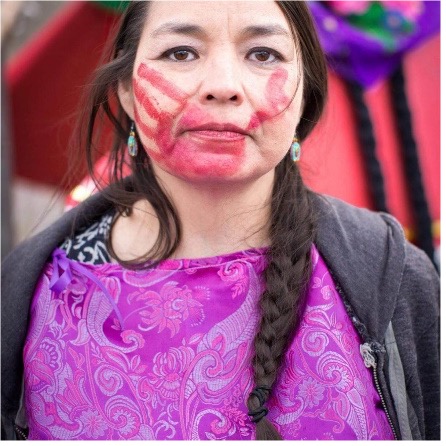
Claire Charlo was home schooled on the Flathead Reservation until the 9th grade. As a child, she built a strong connection with the land, mountains, rivers, and lakes. She spent summers at Agnes Vanderburg’s Cultural Camp, where she learned the Salish language, tribal plant identification, how to tan deer and elk hides, how to bead and make regalia. Claire learned the significance of taking care of the land and the importance of maintaining our relationship with our land, our mother. Claire graduated from Cornell College with a Bachelor’s in Ethnic and Women Studies and went on to graduate with a Juris Doctorate from University of Arizona School of Law. Claire works as a Civil Advocate for the Confederated Salish Kootenai Tribes. She is a grassroots activist involved with Indigenous movements.

Christopher Preston teaches environmental philosophy at the University of Montana, Missoula. He is author of several books, including The Synthetic Age: Outdesigning Evolution, Resurrecting Species, and Reengineering Our World. Much of his research connects to the idea of the Anthropocene, the epoch in which human influence is everywhere. He studies emerging technologies for their impact on the human-nature experience, as well as restoration and rewilding efforts. In this presentation, Christopher will look at how the restoration of animals like grizzly bears, bison, and wolves fit with the traditional account of nature preservation and what they might mean for how we think about the surrounding landscape going forward.
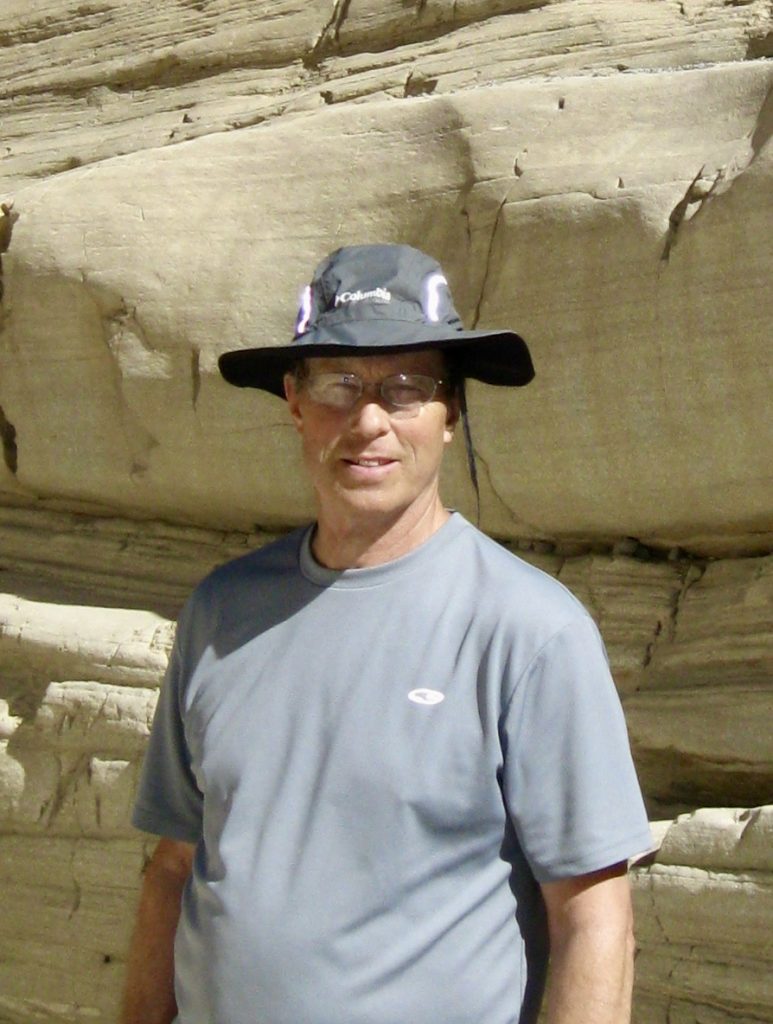
The landscape traversed by Lewis and Clark was formed by remarkable geologic forces. About 12,000 years ago, the valleys of western Montana lay beneath a lake nearly 2,000 feet deep. Glacial Lake Missoula formed as the Cordilleran Ice Sheet dammed the Clark Fork River just as it entered Idaho. The rising water behind the glacial dam weakened it until water burst through in a catastrophic flood that raced across Idaho, Oregon, and Washington toward the Pacific Ocean. Thundering waves and chunks of ice tore away soils and mountainsides, deposited giant ripple marks, created the scablands of eastern Washington and carved the Columbia River Gorge. Over the course of centuries, Glacial Lake Missoula filled and emptied in repeated cycles, leaving its story embedded in the land. Bruce taught science at Hellgate High School for 30 years. He has a Master of Science in Geology from the Univeristy of Montana and continues to educate as a volunteer and presenter at Montana Natural History Center in Missoula.
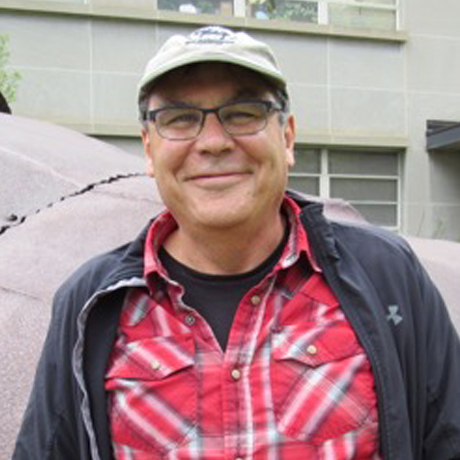
American Indian peoples have lived and thrived in Montana since the close of the last great Ice Age, some 15,000 years ago. Their ancient presence here is widely appreciated but the archaeological details of their long Indigenous histories are less well known, partly due to the pace of recent statewide research. This program takes participants on a journey through time, climate, landscapes, technologies and cultures, beginning with the First Americans who followed mammoths to North America. Carl Davis is a former Regional Archaeologist with the U.S. Forest Service Northern Region in Missoula, Montana. He earned bachelor’s and master’s degrees in anthropology from the University of Montana and University of Pittsburgh. Carl has published extensively on the archaeology of Montana, including the book “Six Hundred Generations: An Archaeological History of Montana.”
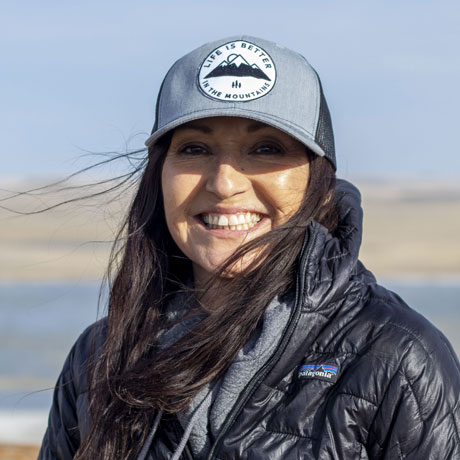
Indigenous stories offer a unique way to understand the power of the natural world and our human connections to it. Through discussion about indigenous peoples’ ways of life, value systems, tribal languages, and stories created long before Montana was established in 1889, participants learn about a personal, soulful relationship to our natural world. Participants also better understand how these elements sustain our identity through history and in modern times. How can our tribal stories and ways of knowing elevate others in their understanding of identity? Participants walk away with a fresh look at who they are and appreciation for the landscape from time immemorial. Lailani Upham is an Amskapi Pikuni (Blackfeet Nation) tribal member, and a descendent from the Aaniih, Nakoda, and Dakota tribes. She is a journalist, educator, and business developer in indigenous stories and culture.

